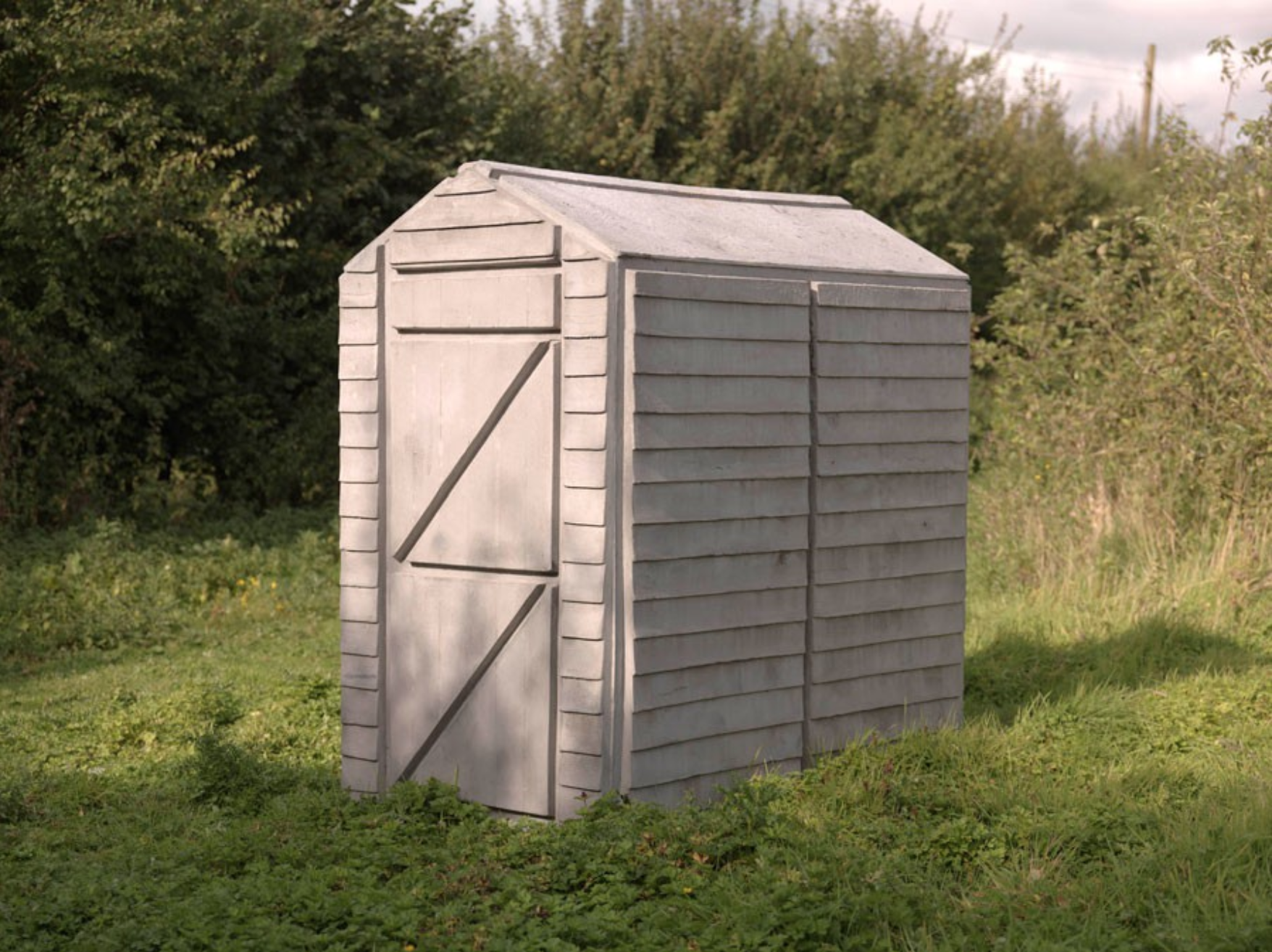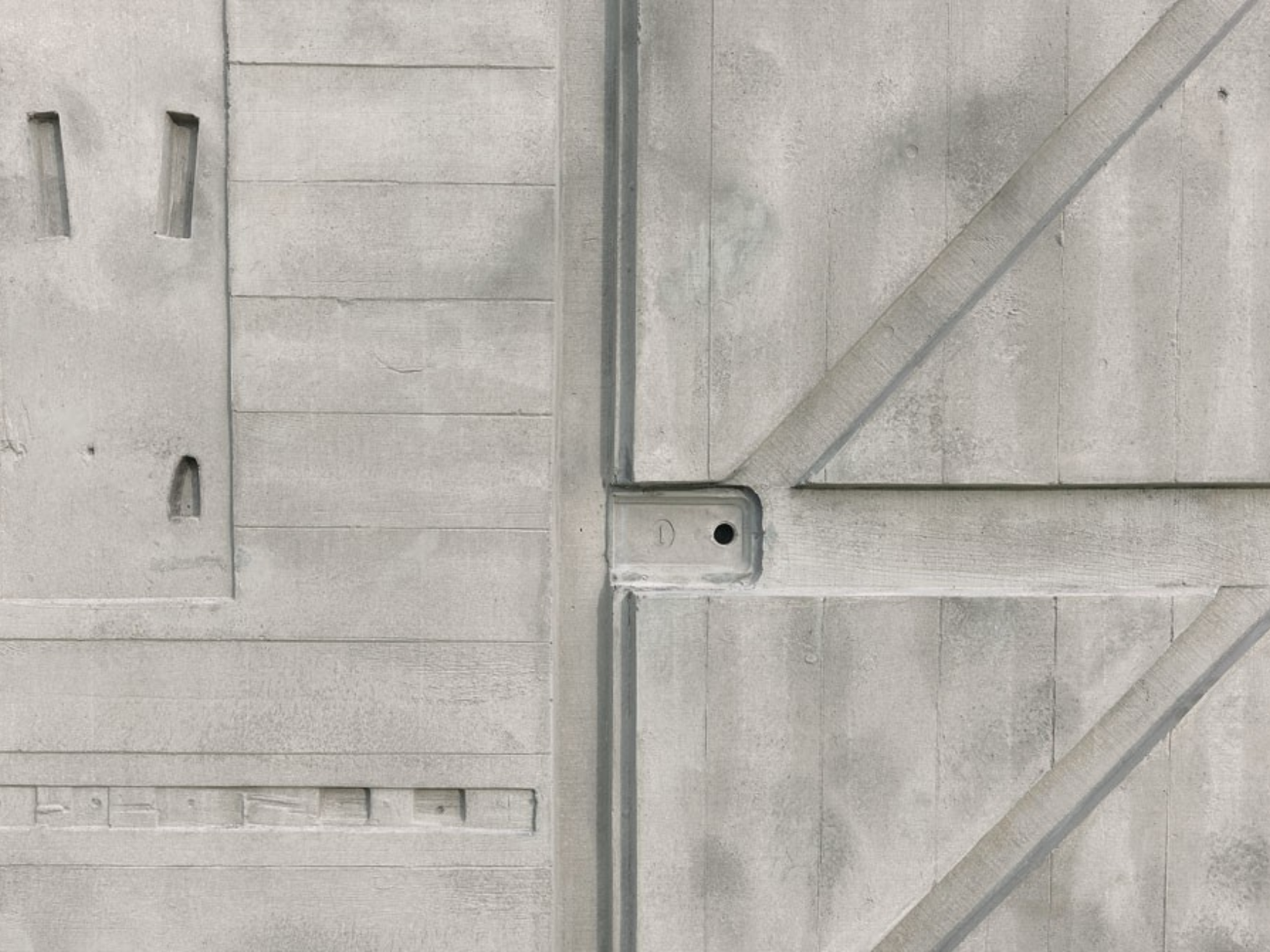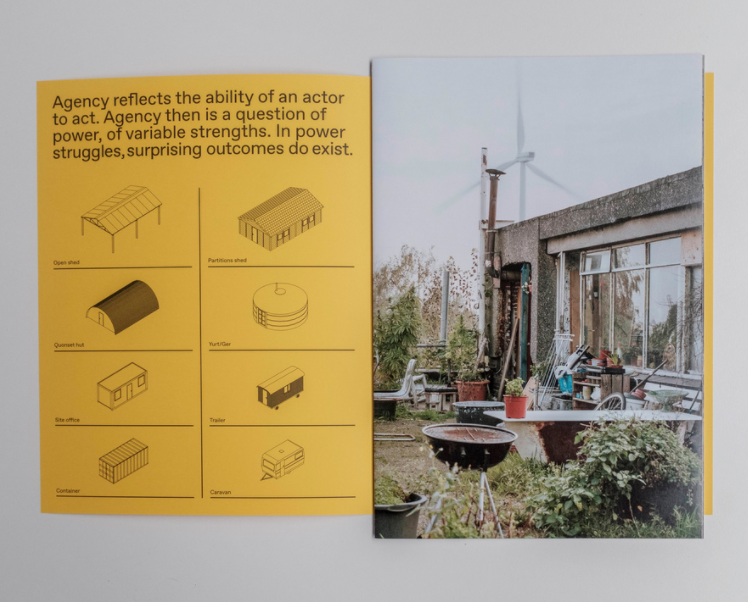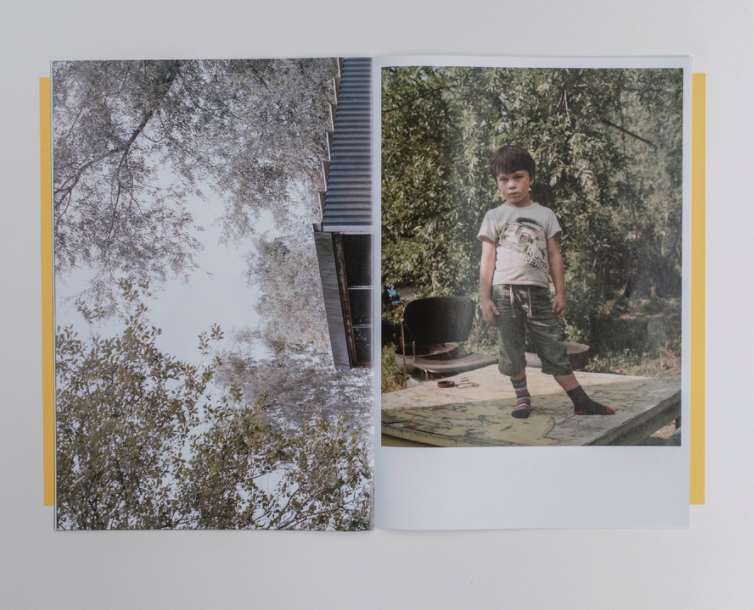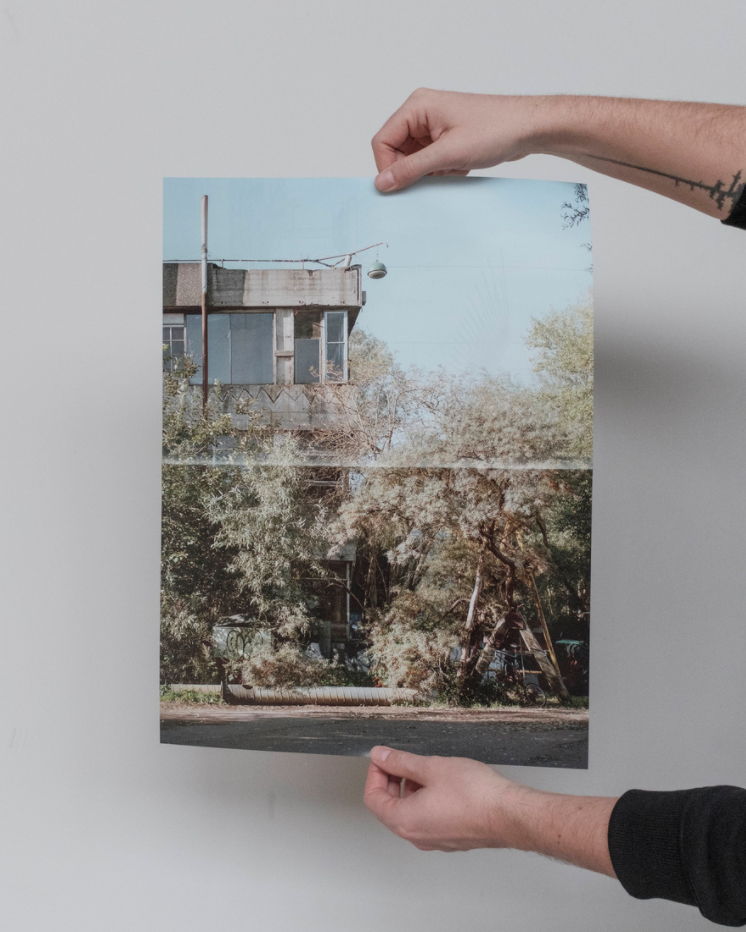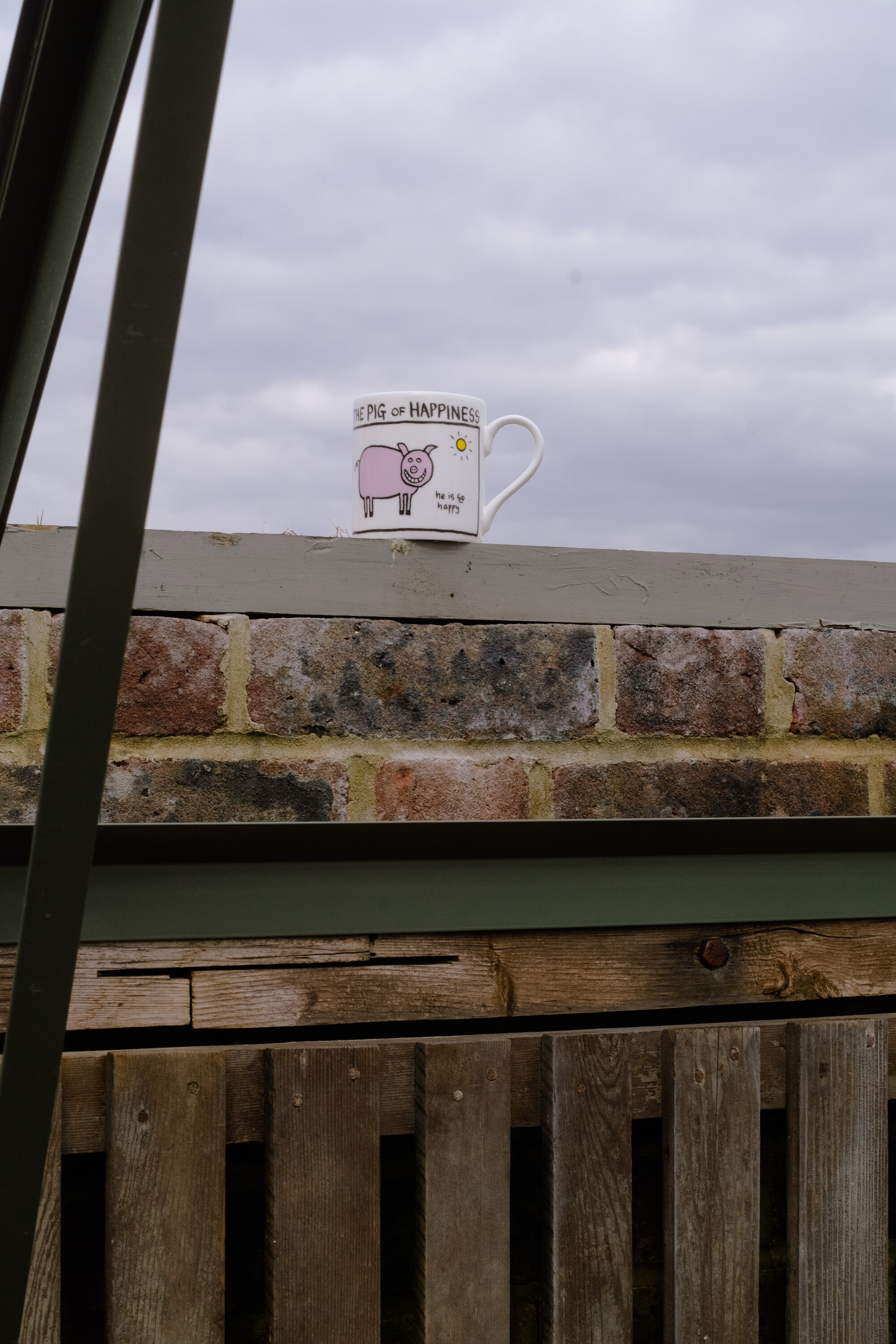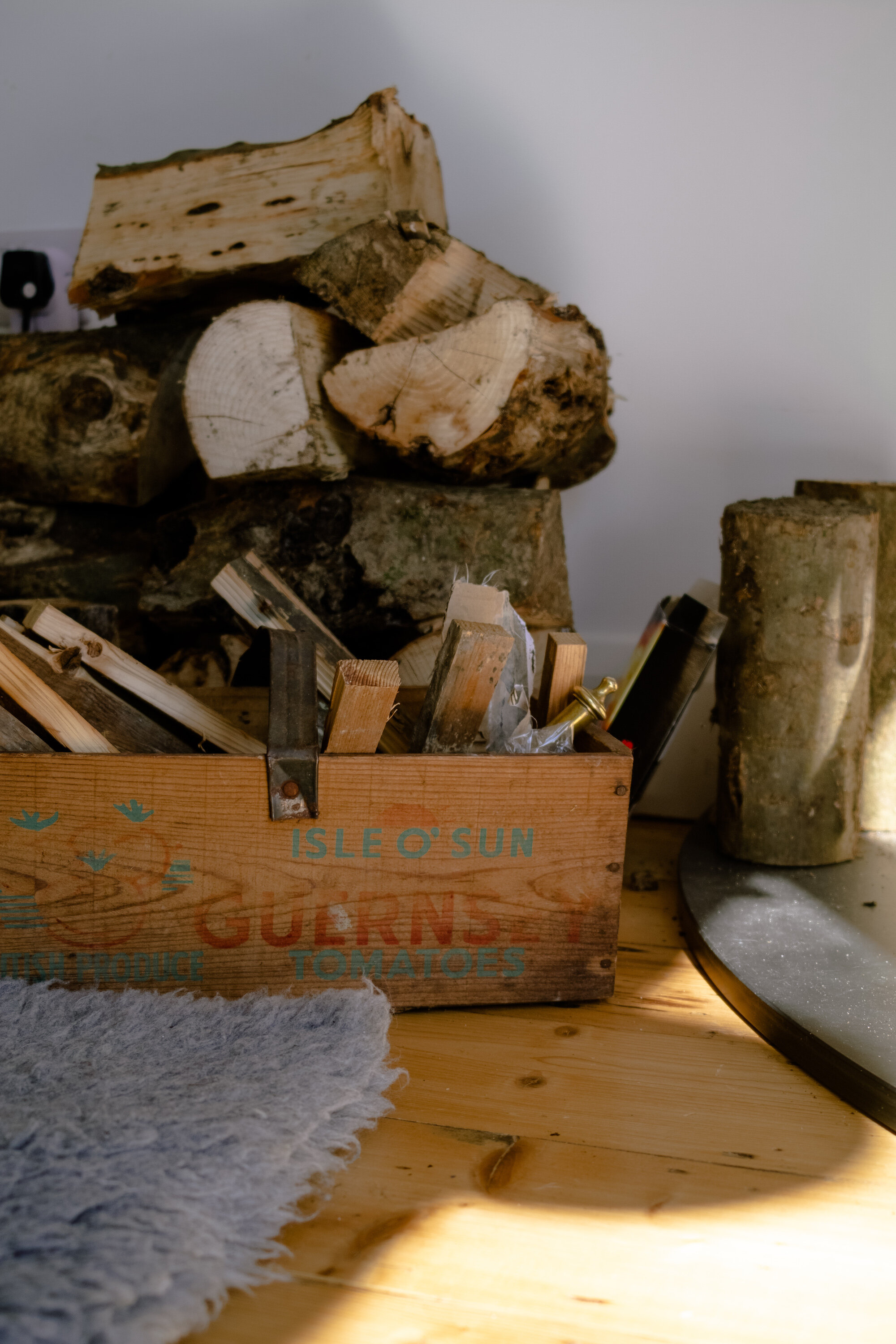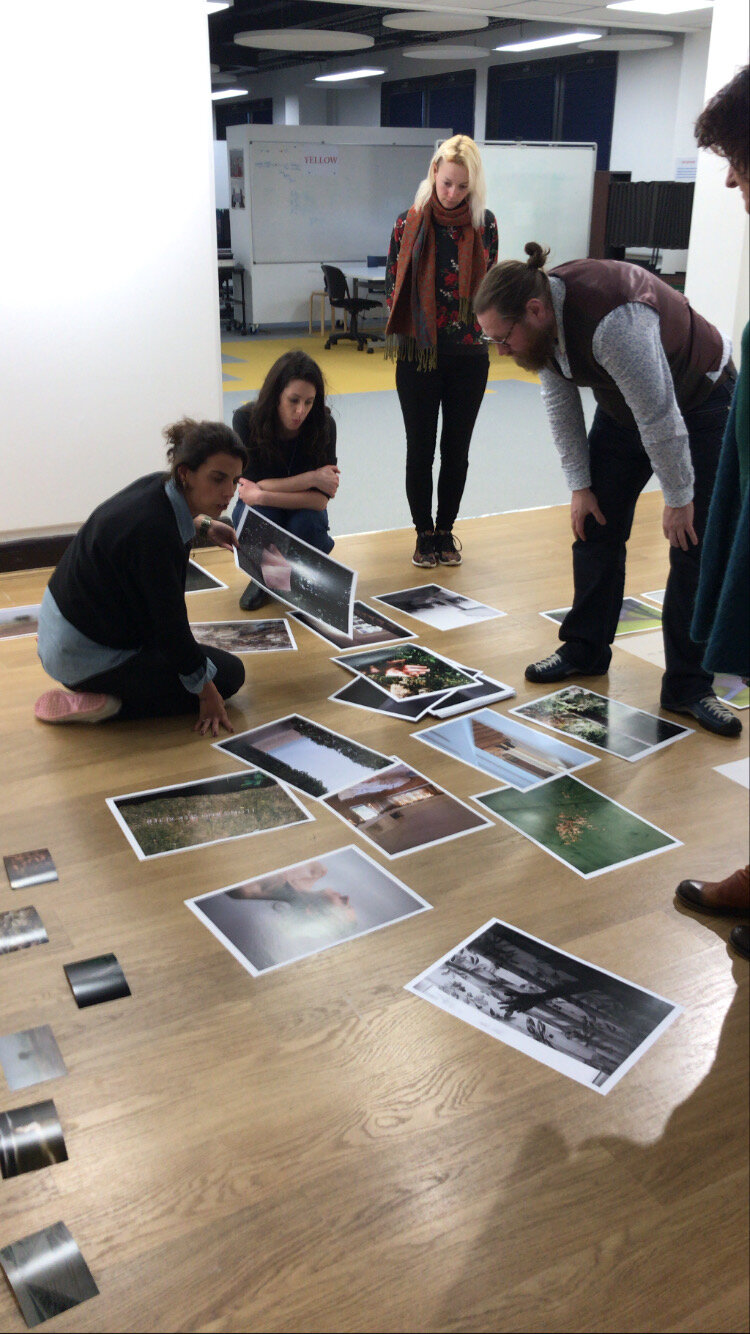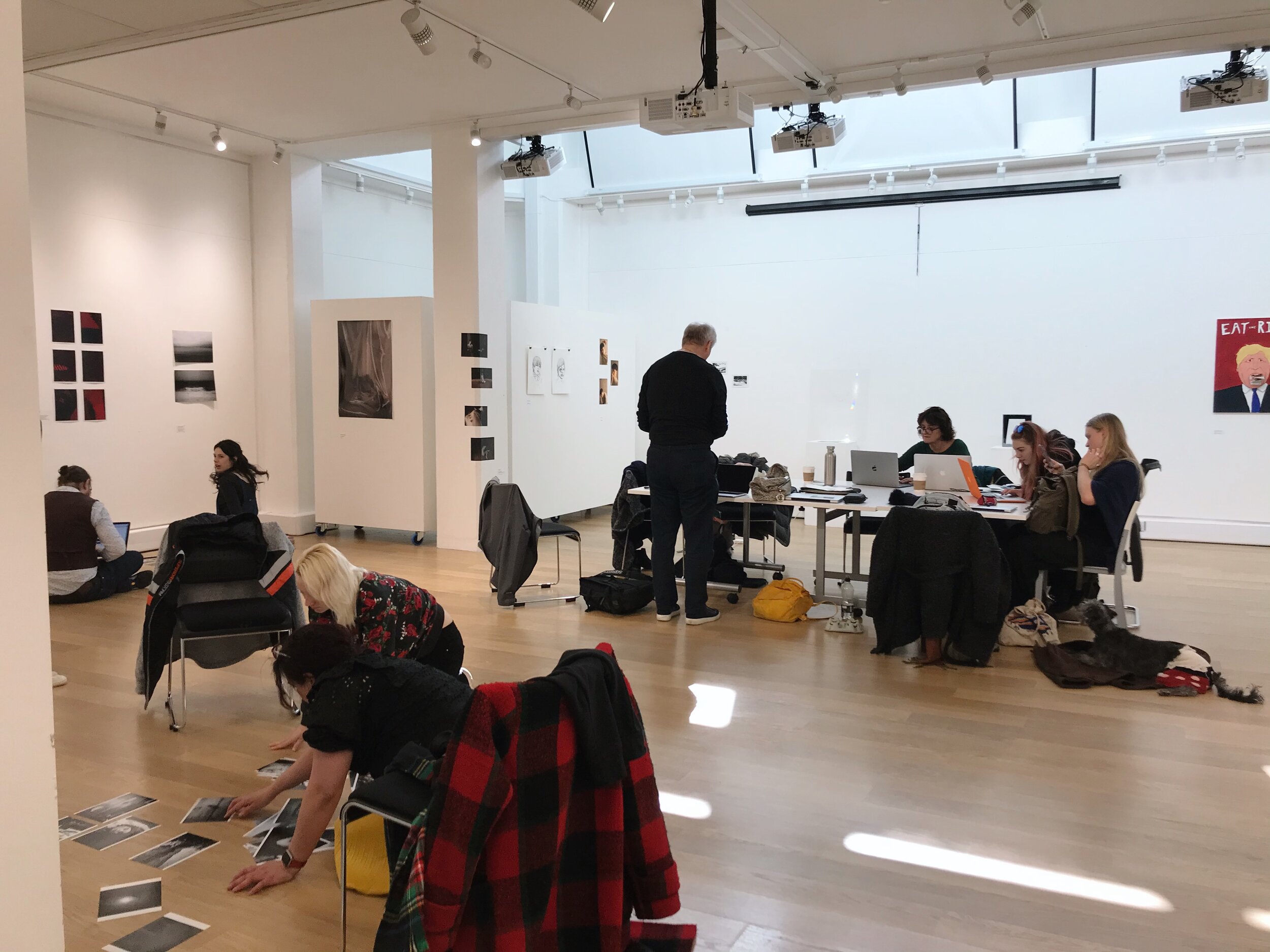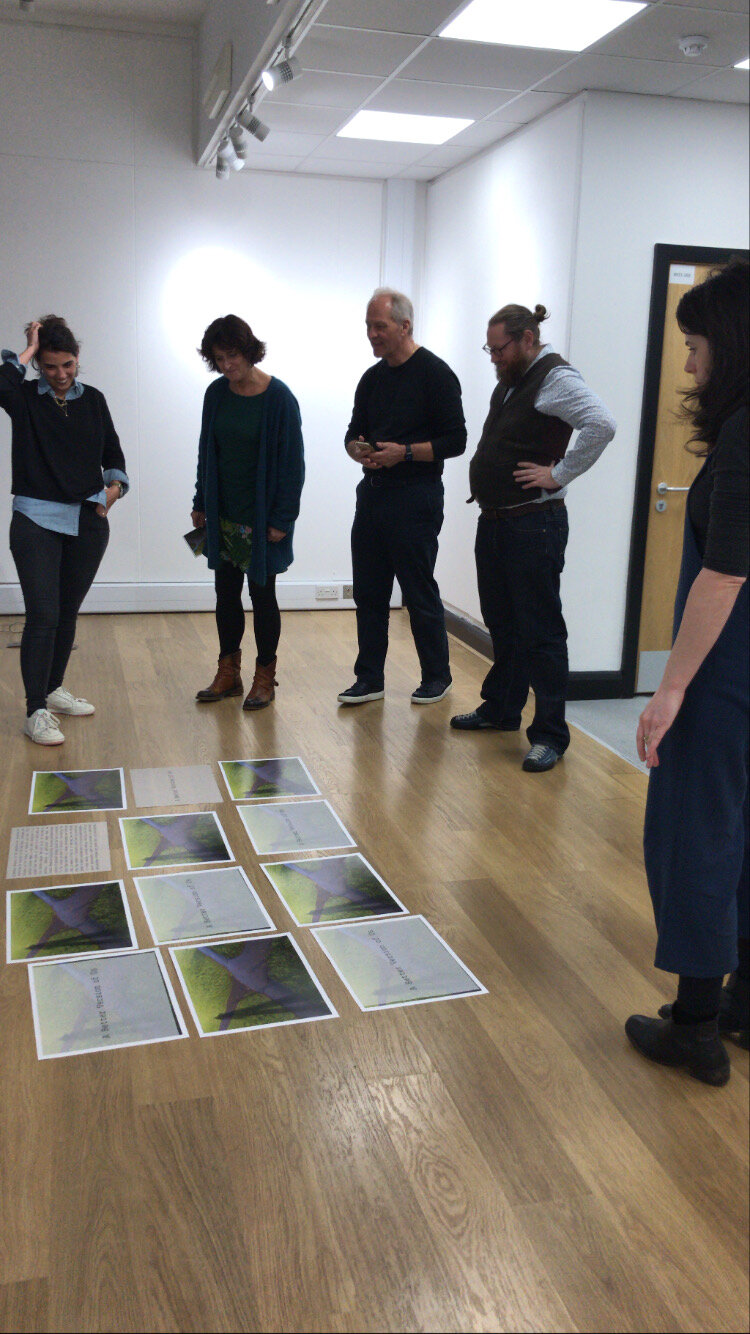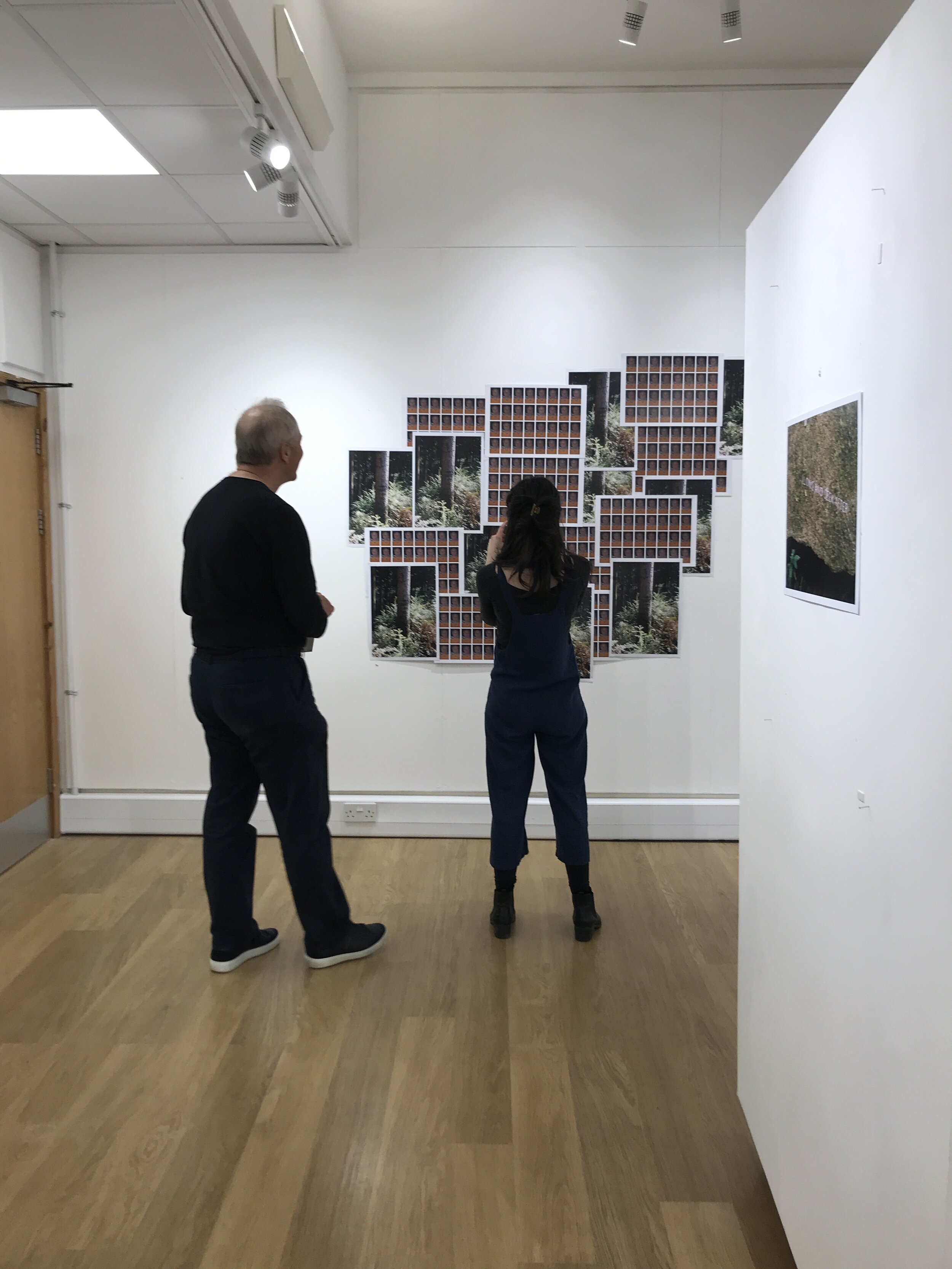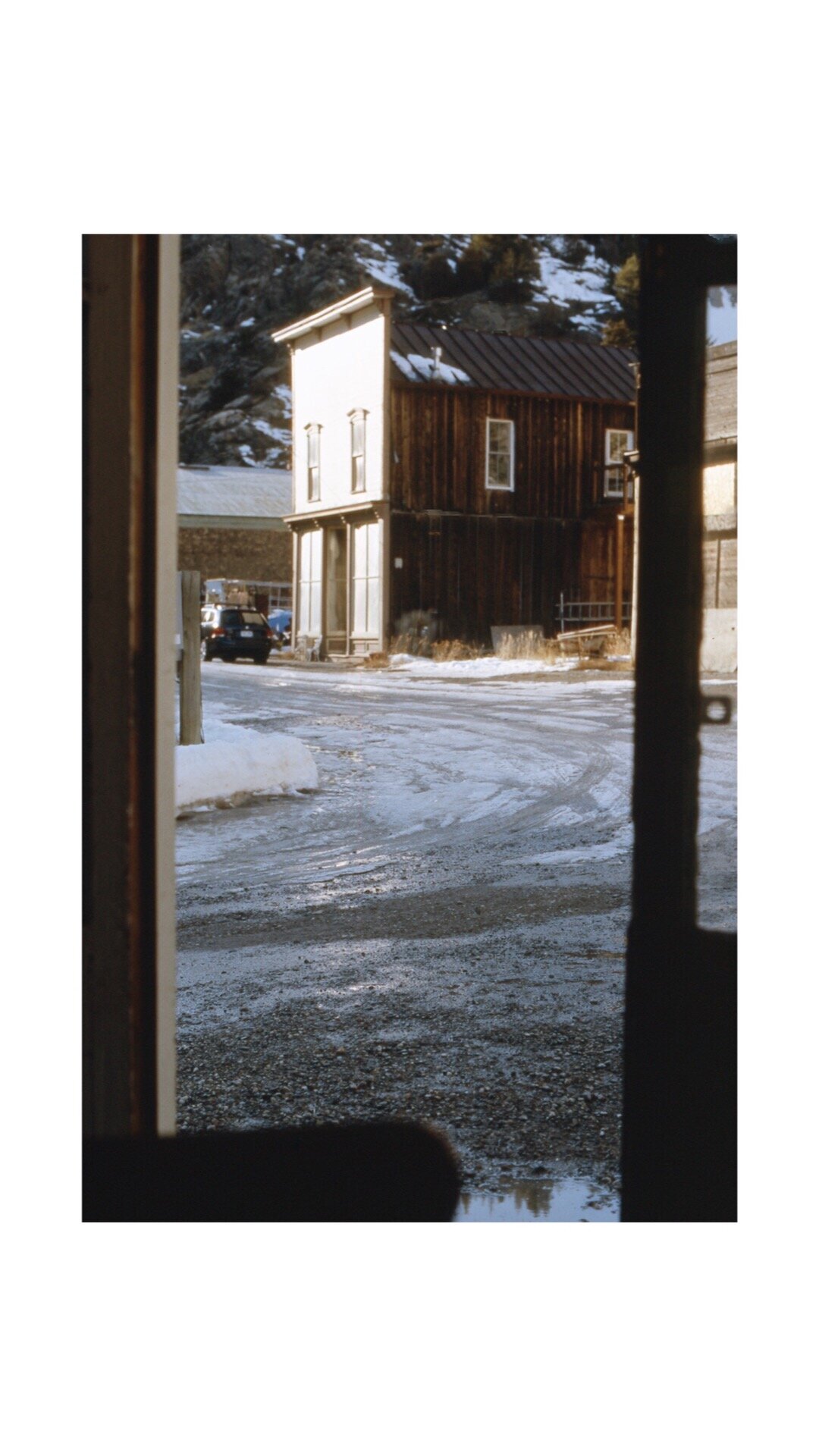The past few months have probably had the most significant impact on me since starting my masters. It has made me reflect and honestly evaluate my work and work of others, and not just in the photographic world. This has helped me to reflect on my intentions and the way I approach creating work. As I move on, I am looking forward to exploring the potential of my project and where it will take me.
Informing Contexts
Informing Contexts // Critical Research // Rachel Whiteread
During my 1:1 with Paul this week, I mentioned that I struggle with how I want my work to present to an audience, he then suggested Rachel Whiteread. Her work instantly appealed to me as I am considering adding a sculpture element to my work.
Her series Detached interests me. She produces sculptures by casting everyday objects from boxes to houses with materials such as rubber, and resin to record every detail. I like that she chooses to work with everyday mundane objects that we can relate to and turn them into fascinating sculptures that we can consider and celebrate a small piece of daily life that is often overlooked.
I don't think I want to work on such a large scale, but I have been thinking about using clay in some way. Creating small sculptures that possibly have my images printed on them and placing them in an open space where people can interact with them.
Informing Contexts // Critical Research //
I have always struggled with how I want my work to be viewed. Online platforms have been an easy way to present my work in the last few years. I have had gallery shows, organized larger scale multi-artist shows, and they were an excellent way to display and inform people of my work, but the exhibits are short-lasting and don't often reach broad demographics. I have been thinking about a photobook or a zine as I like the idea of designing and creating an accessible medium for my work, that is not a framed image hanging on a wall.
Sem Langendij, 2018 Docklands Agency.
I have a copy of Sem Langendijk's Docklands Agency zine, which has been designed as an unbound magazine with larger images printed on the outer pages so the reader can take the zine apart to arrange and use the photos as they please. An idea I like quite a bit and think would be interesting to start thinking about editing my work to fit a display like this.
.
Raymond Meeks , 2010, Where Objects Fall Away.
I am also drawn to Raymond Meeks and his process for making books. I like that he is using multiple mediums in his books as well as in he is presented. This is interesting to me as it adds an extra dimension to the work. Again something I want to consider when presenting my work.
References:
Sem Langendij, 2018 Docklands Agency. https://www.semlangendijk.com/publications-docklands-agency
Raymond Meeks, 2010, Where Objects Fall Away. http://www.raymondmeeks.com/archive/where-objects-fall-away-opening-reception
Informing Contexts // Project Development // Still life
During this past ten weeks, I have been reflecting a lot on how I approach my work and the value I find from it, why I choose photography and what I add to the ever-growing visual world. More so than recently, I have come to feel more comfortable and more confident at stepping away from my own expectations I have for myself, as I find that they are not really mine. They are expectations of others.
Living in a particular area, deciding to produce work of a specific type of land and culture, people expect there to be a certain type of images to be produced.
I have been able to explore those expectations/moulds and taking cues from what does inspire me. It is not a terrible starting point, and I'm finding ways to push beyond them and what has already been created to tell the story in my own voice.
Part of my explorations in this module has been my editing style. I feel that it's also become a little more streamlined and cohesive, which in turn has helped with the way I approach making my images.
Below is a set of images I made from spending the afternoon in the greenhouse getting to know the light and objects that interested me. Some were more successful than others, but I enjoyed being able to take the time figuring out what I liked and what worked and did not. It was also nice to slow down and think about what I wanted a collection of objects to reflect and how they were to fit with other images made in a less controlled environment, as I like the idea of having a mix of images that are a broader vision of the land along with tools and other objects that we use and find while sculpting the land to suite our needs.
Informing Contexts // Project Development // New views
Over the past couples of weeks, I have been trying to figure out how I want to approach the garden space and what areas I want to direct my focus on.
I have started with a broad view, as I am not sure how or what I want to say about this garden area. I have noticed that I have been drawn to the tools and objects that are found in the garden a lot more than the garden its self. Possibly because there is not that much growing at the moment.
I am not yet happy with the aesthetics of the images and feel that I have to spend a lot more time out here getting to know the space and light and continue to refine my approach so I can produce images that I feel convey how this small patch of land is being used.
Informing Contexts // Week Ten // Peer Review Presentations //
A draft presentation for my Critical review.
Informing Contexts // Critical Research // Robert Adams
Robert Adams // Basement for a tract house, Colorado Springs, 1969
Adams. I have been interested in his work, but never really "looked" at it until recently, as he has come up in many of the presentations and texts I have been reading during these past few months. What I have found by looking at his work more closely is that I can relate to his approach and process. He focuses on exploring the impact people have on the land during the 1960s (and beyond). A lot of his work is based in Colorado, and though not in the same towns I have been working in, his images have provided a helpful reference. They have allowed me to see how the land was before and compare the view I have today with his to see how things have changed, or in some cases not so much.
Informing Contexts // Week Eight // Aesthetic or Anaesthetic?
As someone who has lived in various places in the Rocky Mountains, and enjoys the "Out Door Lifestyle" and is a photographer, it has been easy to mix my everyday life with work and fall into producing work along the same lines, and it has been convenient, but I have my frustrations with this approach and don't agree with the influence it has had on a number people. The natural areas that people are flocking to get the perfect shot are being damaged beyond repair, wildlife is being affected, and people are oblivious to the damage they are doing.
As someone who has lived in various places in the Rocky Mountains, and enjoys the "Out Door Lifestyle" and is a photographer, it has been easy to mix my everyday life with work and fall into producing work along the same lines, and it has been convenient, but I have my frustrations with this approach and don't agree with the influence it has had on a number people. The natural areas that people are flocking to get the perfect shot are being damaged beyond repair, wildlife is being affected, and people are oblivious to the damage they are doing.
References:
Alex Strohl Instagram
https://www.instagram.com/p/B77cDMyp1hv/
https://www.instagram.com/p/B7pcW5tJ6jW/
https://www.instagram.com/p/B-QsCGqpn9G/
Insta Repeat, 2019-2020
https://www.instagram.com/p/Bu78yR7AUU8/
https://www.instagram.com/p/Bl9T_-yFOVn/
https://www.instagram.com/p/BnkZOkTlJ06/
Vice Youtube 2019
Informing Contexts // Critical Research // David Spero
As I have been focusing on the American landscape, and most of my research and influences reflect that As I have been focusing on the American landscape, and most of my research and influences reflect that also. I have looked at photographers' work relating to communities here in this country. One of them being David Spero. His series Settlements has been a useful reference on how people have used areas in the UK to build a low impact lifestyle. His work has helped me to understand way of life, the use of land, and how it is viewed and photographed over here. I have noticed the landscape and light are different, which does help to create a slightly different atmosphere, but overall the concept and approach are very similar but different enough to noticed that with the changing scenery, and limited space, my aesthetics and approach to making my images have changed as well.
1.Haymaking, Tinkers Bubble, Somerset, July 2005
2. Tony and Faith’s, Brithdir Marw, Pembrokeshire, February 2005 Roundwood timber-frame roundhouse with cobwood walls and turf-covered reciprocal frame roof. Constructed 1997-'98
Reference:
David Spero - http://www.davidspero.co.uk/settlements/#ts-518
Informing Contexts // Critical Research // Jungjin Lee
Lee, Unnamed Roads, 2010 - 2013
Recently I have become aware of Jungjin Lee, and I find myself drawn to her process. Her methodical and thoughtful approach to her environment is beautifully portrayed in the images she produces. She has spent many years visiting deserts, in the US and Isreal representing these spaces in a what I think is a very unique light. I am especially drawn to her series "Unnamed Road" photographing an area that she did not want to be in, yet she took her time to connect and reflect on her situation She states
''I meditated a lot, and I tried not to respond directly to how I felt, as what I felt was not always right but the situation made me like that and that was what made it different. I never before photographed a place that I didn’t want to be in. I always travel and photograph in a peaceful place, that’s the one big difference between my previous work and this one. I’m very glad that I’m finished and I’m very happy with what I did but I can’t forget that experience and I don’t want to go back to Israel.''
(JungJing Lee Paper Journal - 17 March 2015)
When looking at her work, you get a feel for the stillness and her exploring these places, trying to make sense of them, you feel a part of her observations. Something I am to produce in my work.
Lee, Unnamed Roads, 2010 - 2013
Lee's technique for printing her images is another reason I am drawn to her work. She works on mulberry paper that she has imported from Korea, then paints the emotion onto the paper to produce the prints. This results in beautiful images resembling charcoal drawings that are somewhat surreal, delicate and carefully thought out, which is the perfect conclusion to her whole process.
Reference:
Lee, Unnamed Roads 2010-2013 http://www.jungjinlee.com/israel
Lee, Unnaded Roads 2010 - 2013 http://www.jungjinlee.com/israel
Lee, Wind 2004 - 2007 http://www.jungjinlee.com/wind
Yasuyuki Takagi 2019 - https://vimeo.com/286792074
Informing Contexts // Project Development
At the end of Visions 2020 I was due to head back to Colorado; however, my flight was cancelled as the US has closed its borders and is only allowing travel to certain airports in America. As of March 25th, I still have not been able to reschedule a flight, and feel that I could be here for a while. As the uncertainty and chaos around Covid-19 seems to be increasing, and not being able to travel back to Colorado as planned, I have had to rethink how I am going to approach the rest of my work in progress for this module.
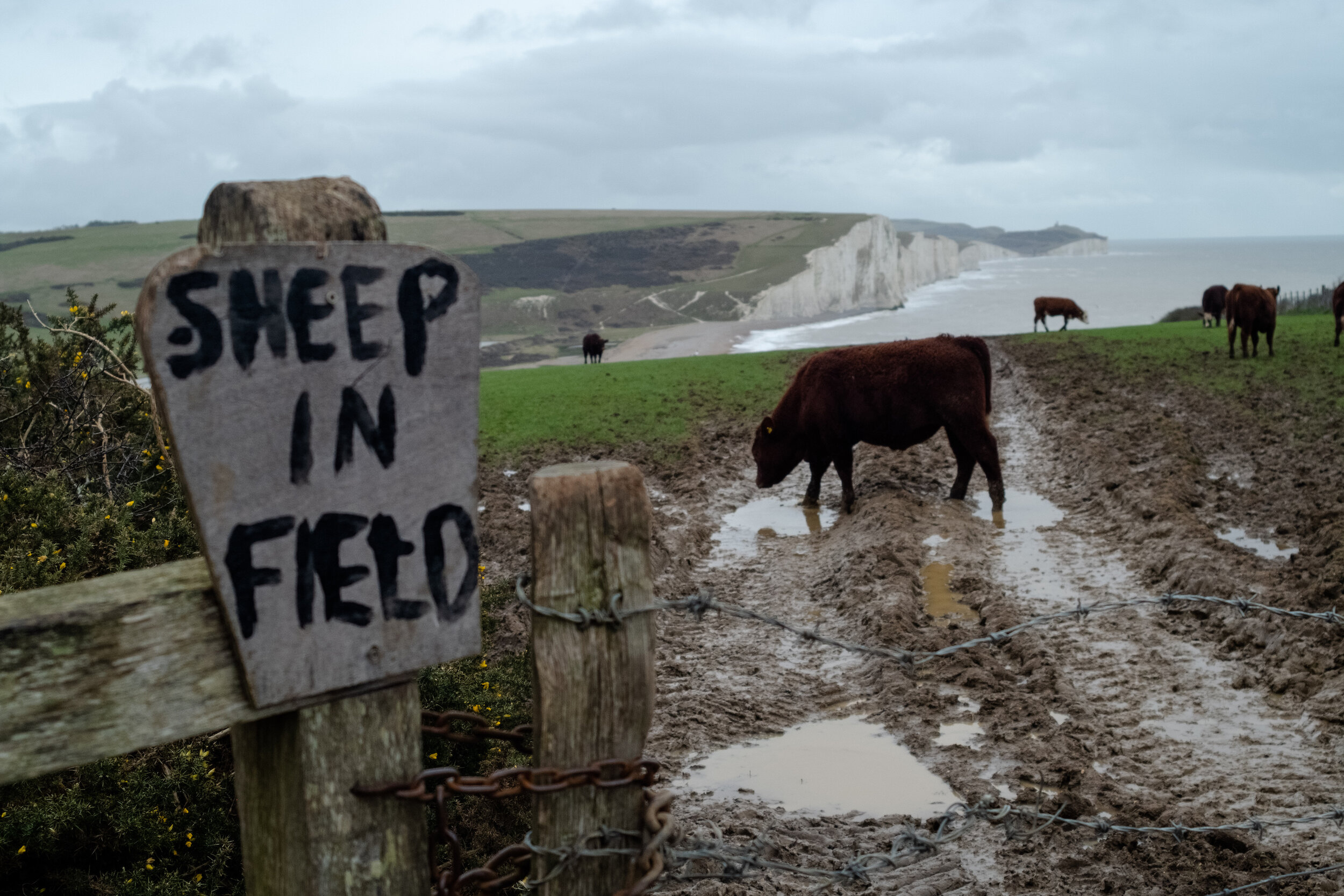

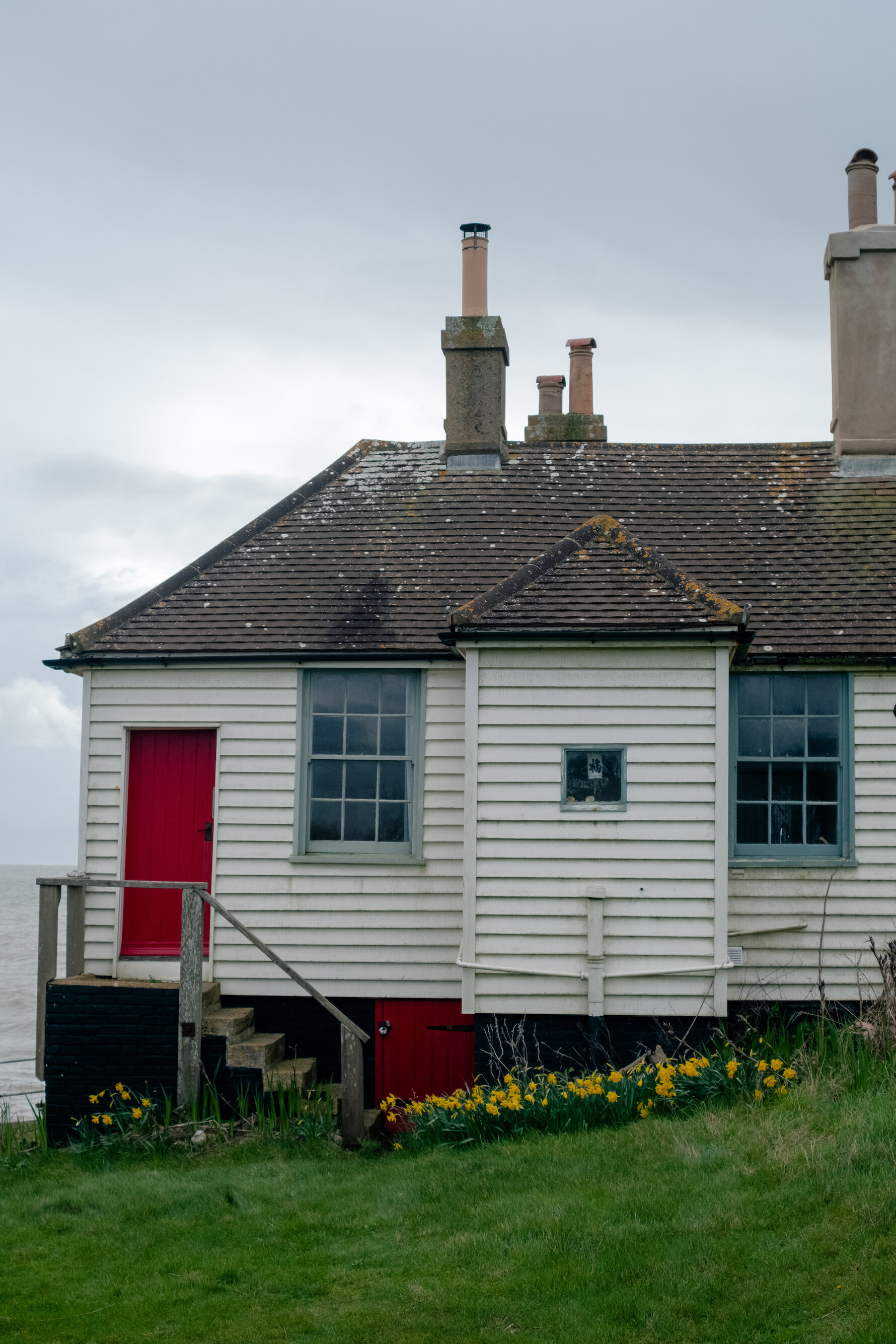
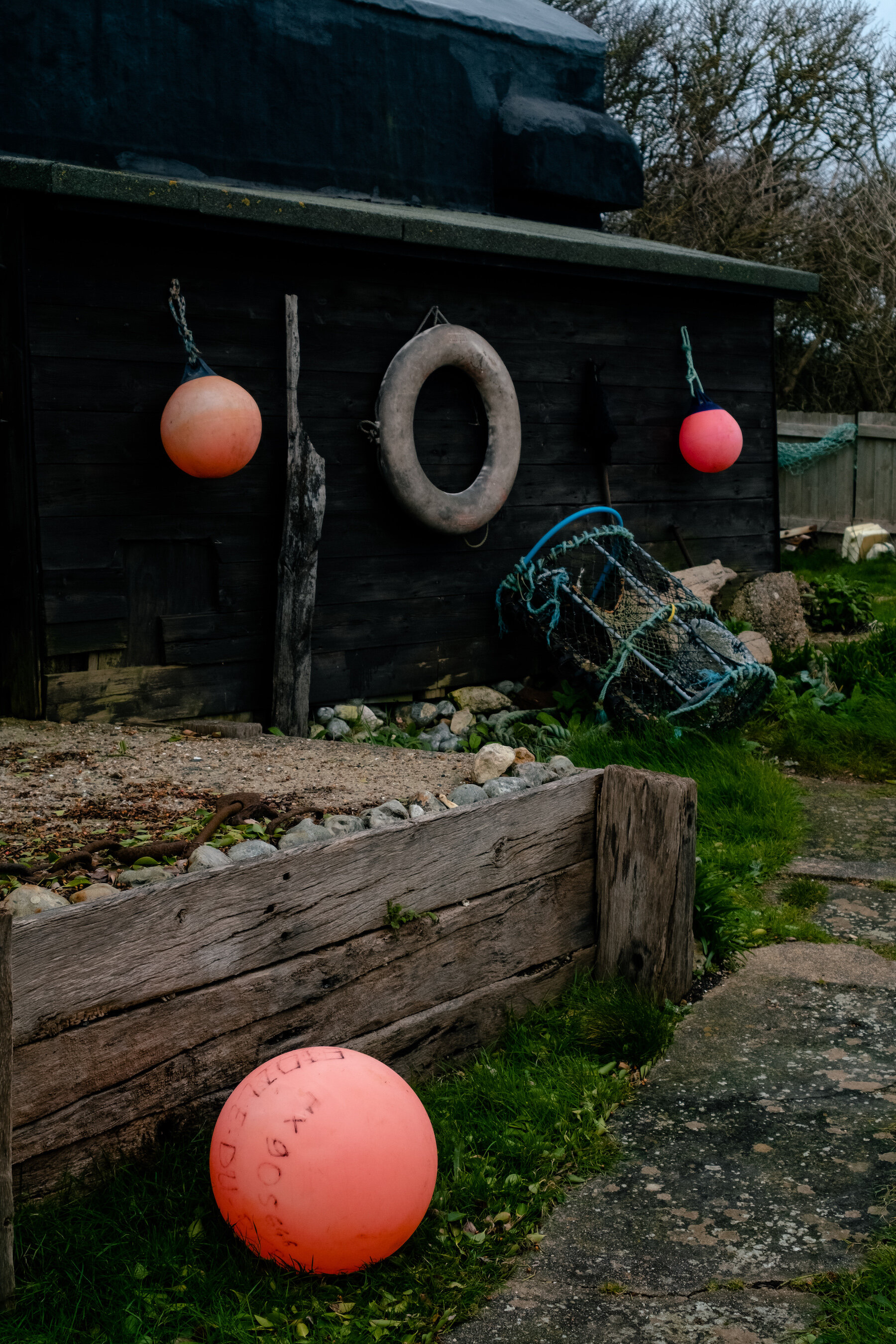
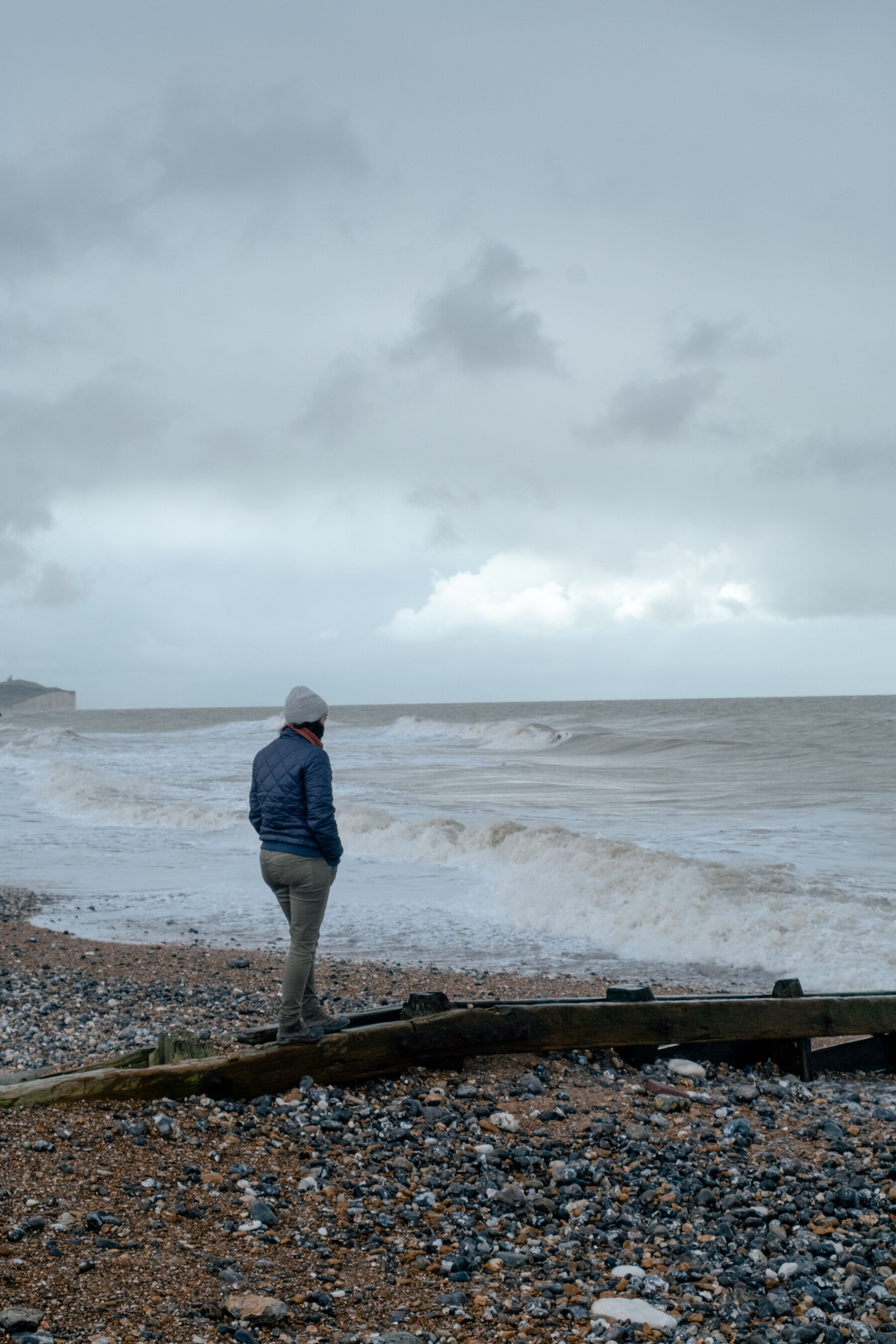
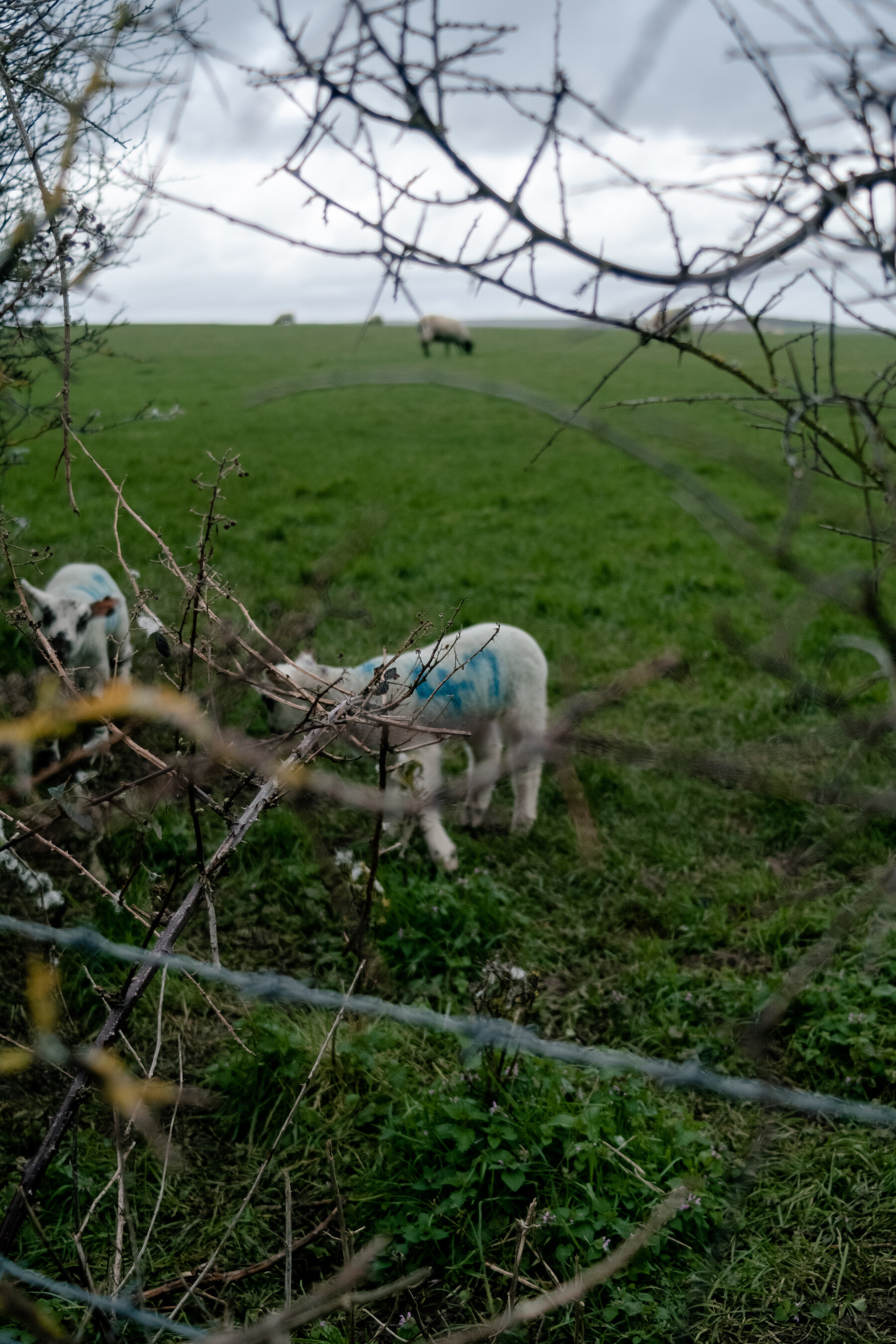
At first, before we were in lockdown, I was considering looking at areas near the sea, such as Cuckmere Haven and exploring the history of the coastguard cottages, as that area and its history have always had some interest to me. I liked the idea of working near water, compared to dry desert areas I have been working in for the last year. However, as we are not allowed to explore these lands right now, I turned, once again to what is right outside the door and around the house.
(Above images taken in mid February 2020)
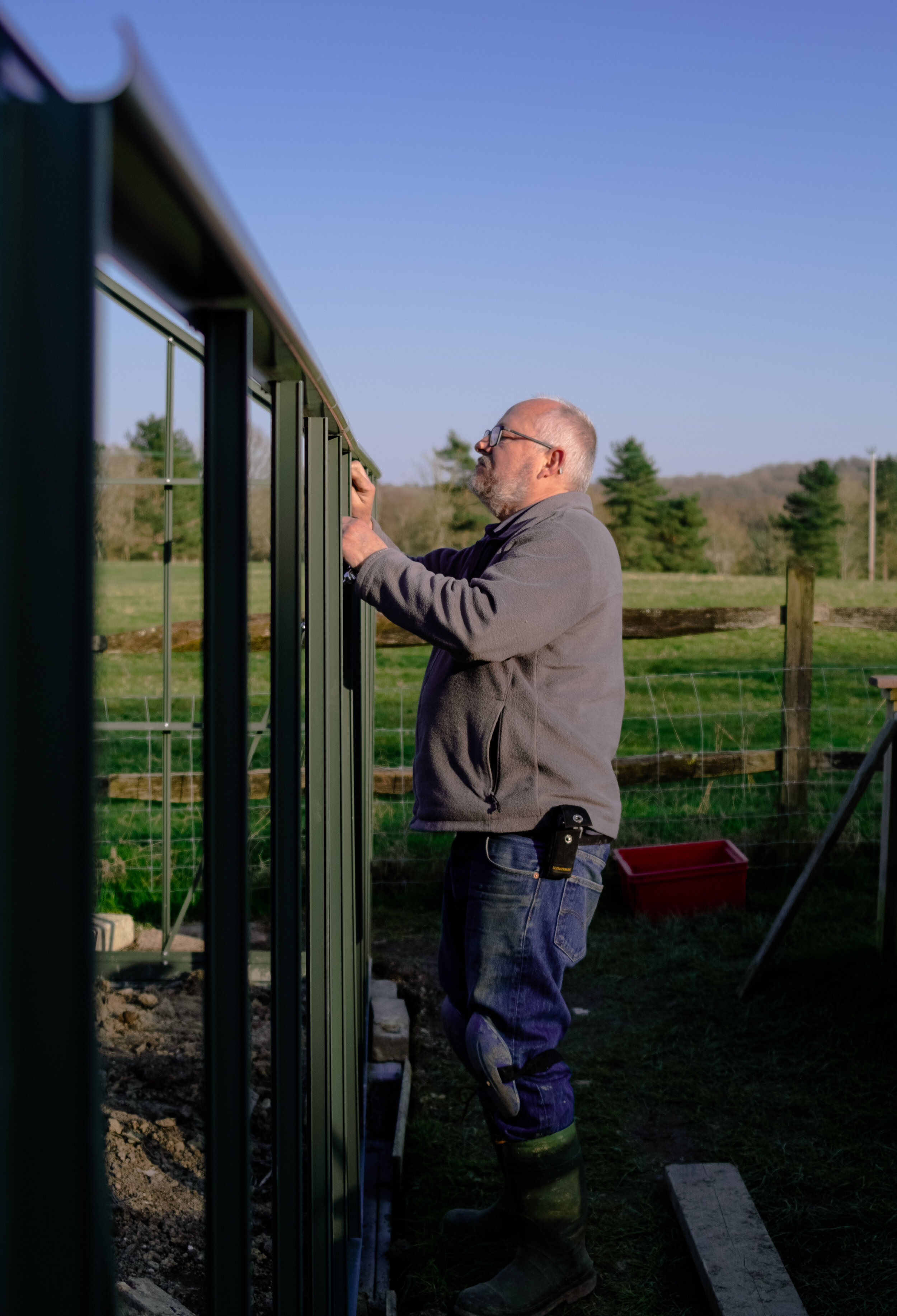
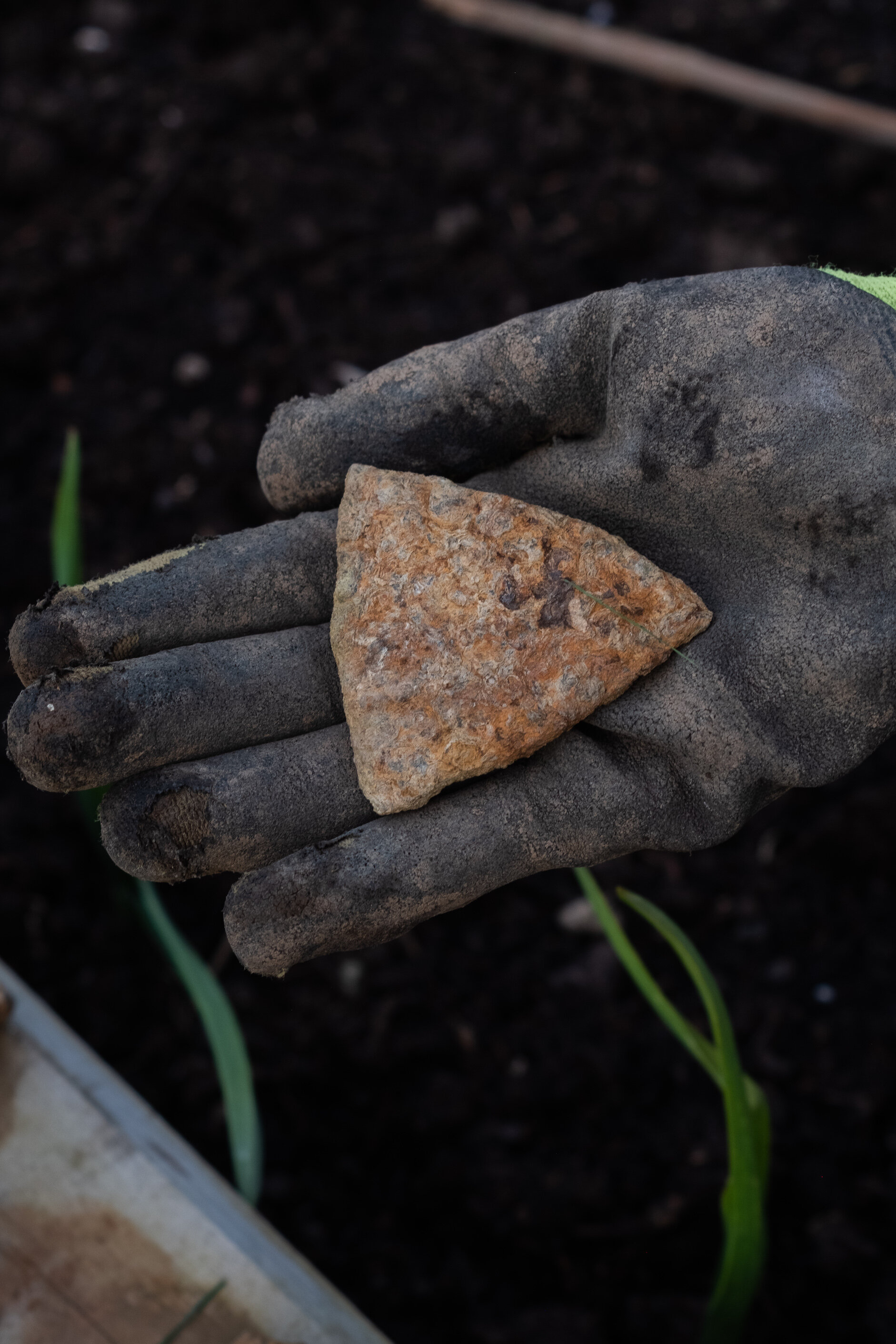
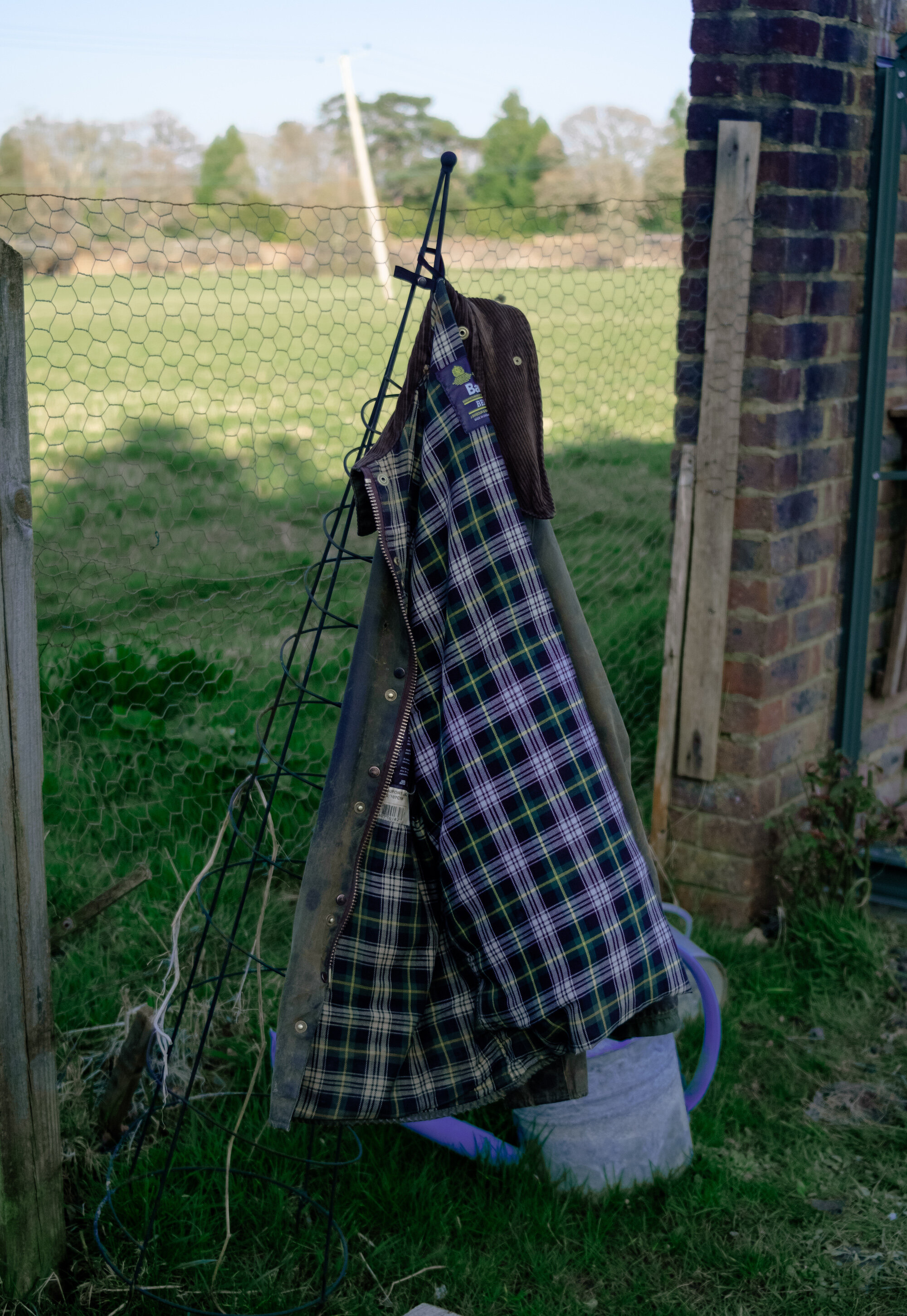
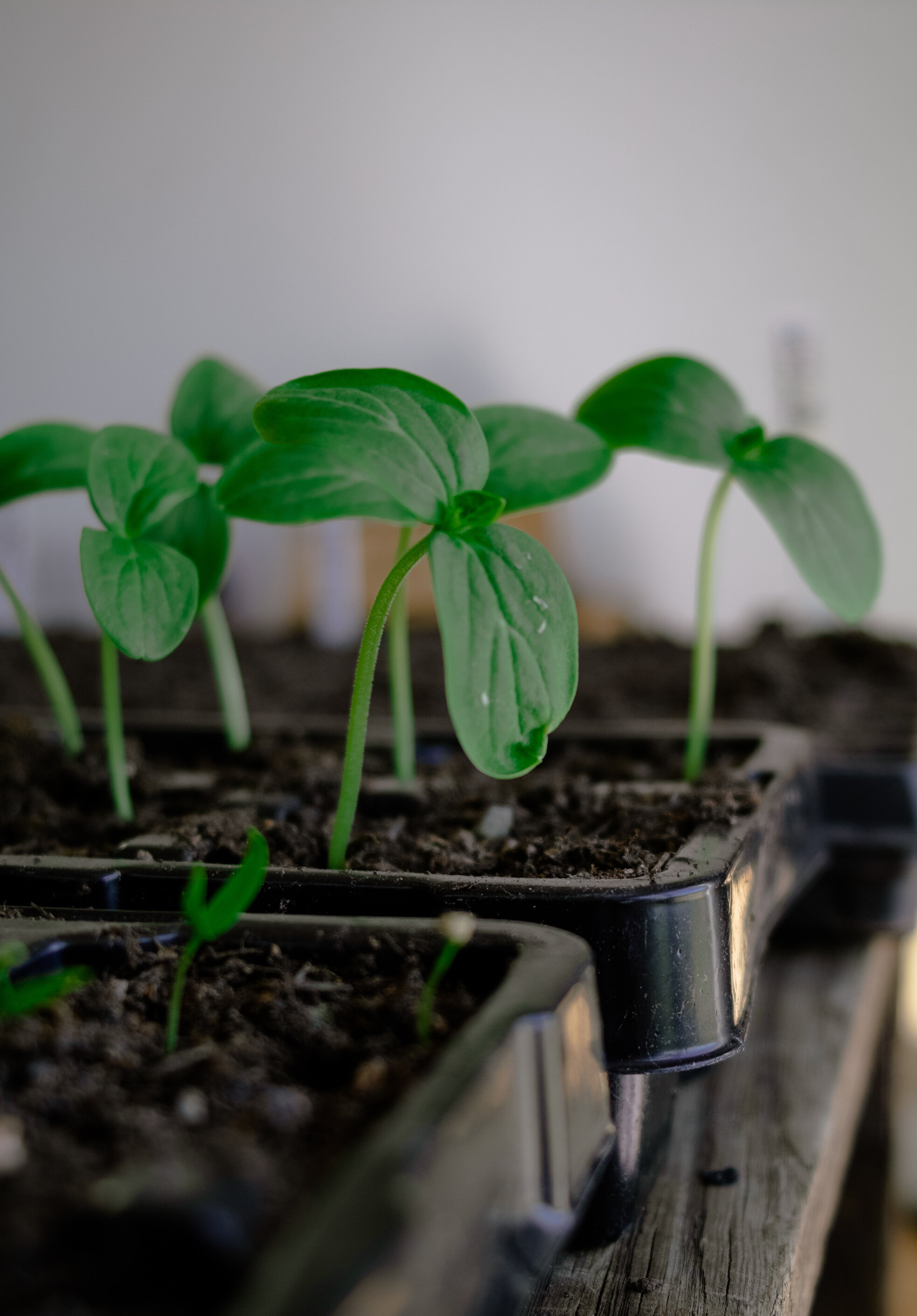
As it is spring, my parents are preparing for this year's garden and are in the process of replacing the old greenhouse with a newer one. As my interest is mainly land and how we are shaped by our surrounding, I thought I would take this opportunity to look at how we develop the land in smaller common ways around the home, such as gardening, small scale landscaping, the history of the land around us. I am not quite sure just how this is going to shape up in the short amount of time that I have left, but I am excited to delve into this and what will come of it. The few things that I have noticed so far is that I have to re-familiarize my self with is the type of land. Its is so much greener, and I feel its more compact compared to the land I have been exploring for this past year, but hopeful that with this fresh prespective I will notice and appreciate certain things I may not have before.
Informing Contexts // Week Eight // Refection
For some time now, I been very unsettled with my practice. I feel like I have been settling for what I am expected to be producing. Trying to fit into this module that has been set by acclaimed National Geographic photographers, and more recently "adventure lifestyle" photographers. ( which I spoke about in my previous post ). It was taking away from my practice. I was allowing myself to put more focus on the aesthetics instead of concentrating on developing my own visual language or genuinely thinking about my intent.
I think my work has been shifting for some time, but it's only been over the last few weeks that I have been allowing my self to do so. I think being here in the UK and have stepped away from my usual surroundings and way of life I have been able to evaluate what I want from practice, and by doing so, my intent has become more apparent, and I have been enjoying exploring how to express it. Reading Land Matter by Liz Wells and John Berger's way of seeing has shaped the way I approach my work and helped me to find the balance between aesthetics to deliver my point of view as honestly as I can.
When it comes to how I want my work to be viewed, I am not sure. A photo book is an option, I do like the idea of creating a book, but want people to be able to interact and view my work in a constructed setting that is not in a gallery.
Informing Contexts // Week Seven // Vision 2020
Scan one of two of my black and white negatives // March 2020 // 4x5 workshop with Jesse.
Looking back and reflecting on the last week of the Face to Face, I'm left feeling inspired and motived. The first day I spent in the 4x5 workshop that Jesse was leading. We spent the morning getting familiar with the camera and then in the afternoon we broke off into pairs and Hannah I decided to venture out of the studio we were working in. We found a beautiful spot to play around with the camera. We each had two sheets of black and white and colour film, however, I overexposed my colour negatives, but my black and white images came out reasonably well. I would have loved to have some more time to figure out the little details of the camera and get a few decent colour images from it, but I have a feeling I will be using a large-format camera again before my project is over.
Hannah // Kodak 160 // March 2020
Unfortunately, the colour negative did not turn out as well. Even though we used light meters, the exposure was incorrect and resulted in the image above.
Hannah // March 2020 // 4x5 workshop with Jesse
Day two was the Pop-Up Exhibition– A Better Version of Ourselves, with Cemre Yesi.
Before we got to Falmouth, we had a little prep work to do for this Pop-up. We were asked to reflect on our recent past and to explore the practice of travelling in relation to our own inner journey. We each produced images that would be used in collaboration with others in the exhibit. Overall it was a bit of a chaotic and a little challenging, there was a lot of compromises and some other limitations, but I truly enjoyed it! Working with everyone to achieve what we did was rewarding.
Informing Contexts // Week Five // Gazing at Photographs // Reflection
When it comes to my gaze, I feel that it has a few layers to it. I am first drawn to the land, the shapes, the light, the texture, and the colours of it. From there, I am intrigued by the human-made objects, or what remains, the natural scars from flooding, fire, etc. Then the people. By nature, I am quiet, curious, and intrigued by the world around me. How we as humans live, and how we use this land. Overall I think my gaze as a photographer reflects those parts of my personality. When I am producing work, paid or personal, especially when making portraits, I am assertive and direct, but also kind and very aware of the tool I have in my hand. I want to build trust and have mutual respect with the people I work with and will happily spend time with them before or after shooting without my camera.
Of Mother Nature and Marlboro Men, by Deborah is a fascinating article. It helped to start me thinking about my approach and how I portray the lands and people I am choosing to photograph. And most importantly, why I want to pursue this path. "I suspect no landscape, vernacular or otherwise, can be comprehended unless we perceive it as an organization of space; unless we ask ourselves who owns or uses the spaces, how they were created and how they change.''
I instantly related to the opening quote of this article. The way we have used land and how it helps shape communities and cultures I find fascinating. Especially in western America. Its history stems from a lot of wonders and adventure along with greed and bloodshed over the land. From that we have created this somewhat glossy version of the American dream, which I feel is a little outdated and for the most part, has been portrayed with a masculine gaze since the 1800s.
'landscape is generally conceived of as an upbeat and wholesome sort of subject which, like mom and apple pie, stands indisputably beyond politics and ideology and appeals to ‘timeless values.’ It's fascinating to me to look at communities and how we have shaped the land to fit our needs. This is what I want to expand on in my project moving forward.
References : J.B. Jackson, 1985 via Bright Of Mother Nature and Marlboro Men.
Bright, 1985 Of Mother Nature and Marlboro Men
Informing Contexts // Week Three // Constructed Realities // Refection
Francesca Woodman
Francesca Woodman is someone that comes to mind when I think of constructed realities. Her work at times can be very dark and unsettling. She drew her inspiration from Surrealism and Conceptual and would use symbolic objects such as skulls, birds, and mirrors along with slow shutter speeds capturing and blurring the movement of the model, further blurring the lines of reality in the image.
“Am I in the picture? Am I getting in or out of it? I could be a ghost, an animal or a dead body, not just this girl standing on the corner …?” - Francesca Woodman
Alongside her Fine Art photography, Woodman ventured into fashion photography where she would construct these very abstract realities that would not necessarily be what you would expect in fashion during the ’70s/80’s. Drawing from her symbolic and surrealism, she brings in taxidermied animals, such as wolves (seen in the image below). She is seemingly throwing herself in front of them, wearing beautiful silk underwear. Quite the contrast to beautifully posed and constructed fine fashion images, where luxury and a comfortable way of life is usually being sold. Woodman has done the exact opposite at first glance the way she lays in front of the animals, not making eye contact with them or the camera. It looks like she is throwing herself to the wolves, giving in almost. However, if you look at the image again, she could quite possibly be becoming part of the pack, “fitting in,’’ by choosing to own the clothing. The wolves don’t look too threatening - they are not even directed towards her. They seem to have other things to do, but Woodman lying there and with no eye contact, reaching out to them is very submissive - ready to give herself to the idea and the life that is being sold.
Overall I appreciate how she constructed this image to convey the slightly darker side of conforming to what we are being sold and what it means when we choose to be a part of the pack…
Francesca Woodman, Untitled, Providence, Rhode Island, 1975-1976.
When I relate my work to Woodman I think of this quote by Lana. L. Lee.
“the fact that the landscapes she created were entirely self constructed and authentic to her vision, a total immersion into her microcosm of disturbed paradise.” -Lana J. Lee
I don’t necessarily fully construct my images as she does. Though I will direct, guide, and position as needed. But I strive to be authentic to the vision I have for my photographs, which is the best truth I can give my audience.
Aesthetically I don’t want my images to be so dark, but I enjoy the roughness of them, the controlled chaos, the almost snapshot atmosphere that makes them a little more approachable and willing to linger to figure out what is going on, which I hope to produce in my work.
Reference :
Francesca Woodman, Untitled, Providence, Rhode Island, 1975-1976.
https://museemagazine.com/culture/art-2/features/francesca-woodman-all-shes-got
Informing Contexts // Project Development // Sliver Plume, CO
This week I visited Silver Plume - former silver mining camp. It is located just off of the busy I-70 and has a current population of 177 residents. I wanted to visit Silver Plume, as it’s slightly smaller than Jamestown but has more amenities in town such as a coffee shop, a bar, a B&B, and a museum. As it’s close to a major highway that connects Denver to the popular ski mountains nearby I wanted to see what the community was like…
What draws people to be here?
(Co)Owner Of Plume Coffee
I was able to spend some time both in the coffee shop and the Bead Bar. Plume Coffee was the perfect spot to chat with the locals and people that worked there. I was able to get a sense of what brought people to the town to bring up their families, start a business and be apart of a smaller community where they feel they can make a way of life invested in a slightly more conscious way of living.
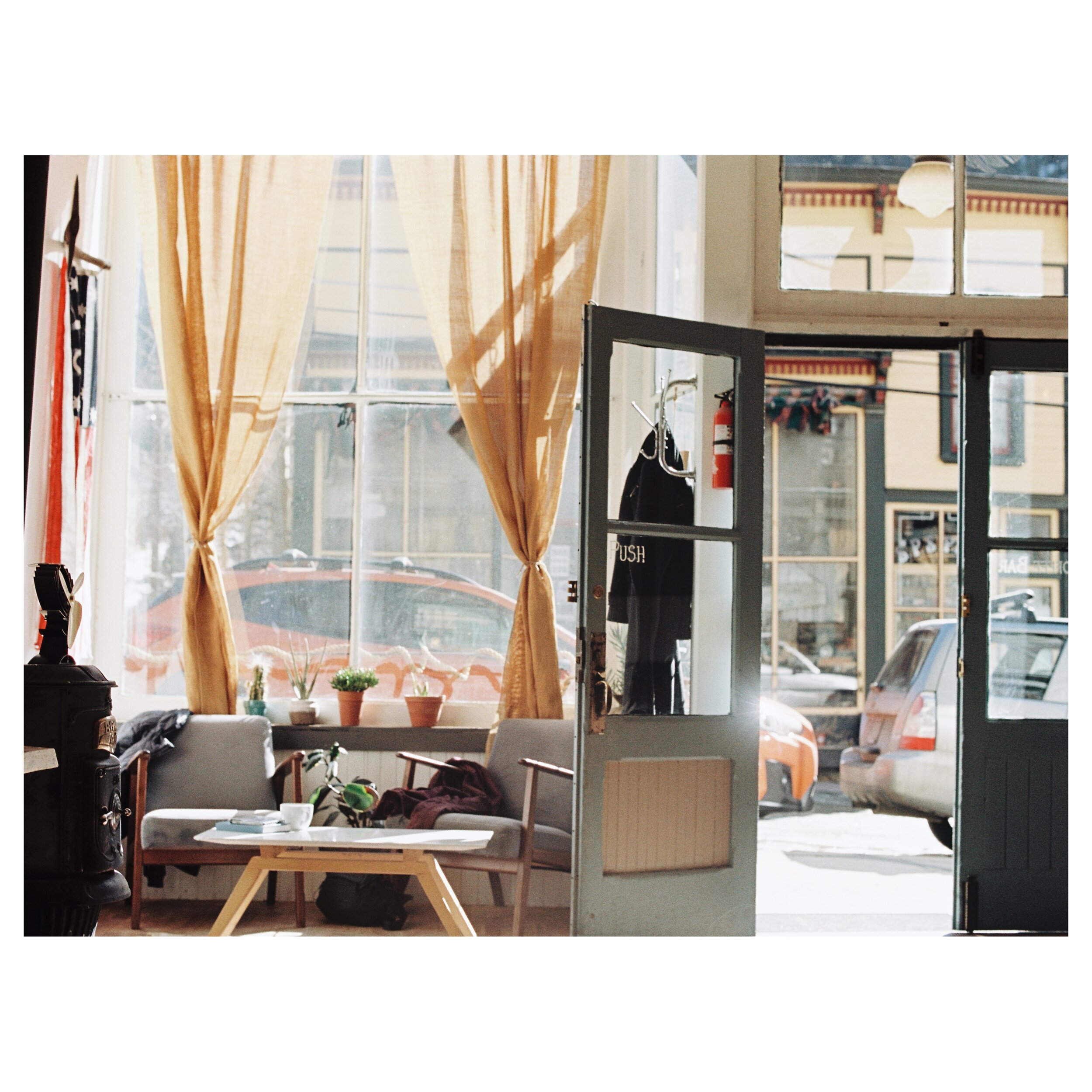
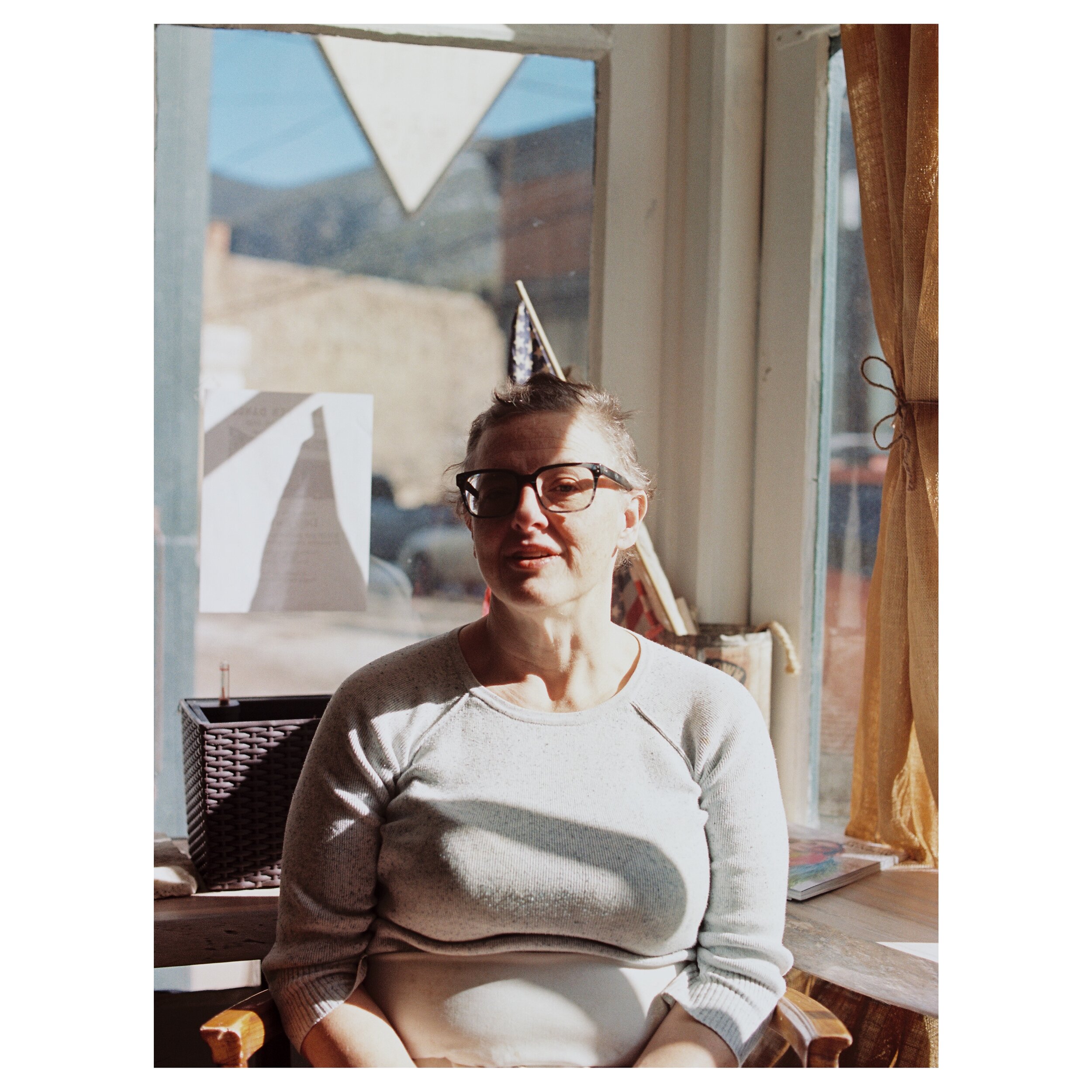

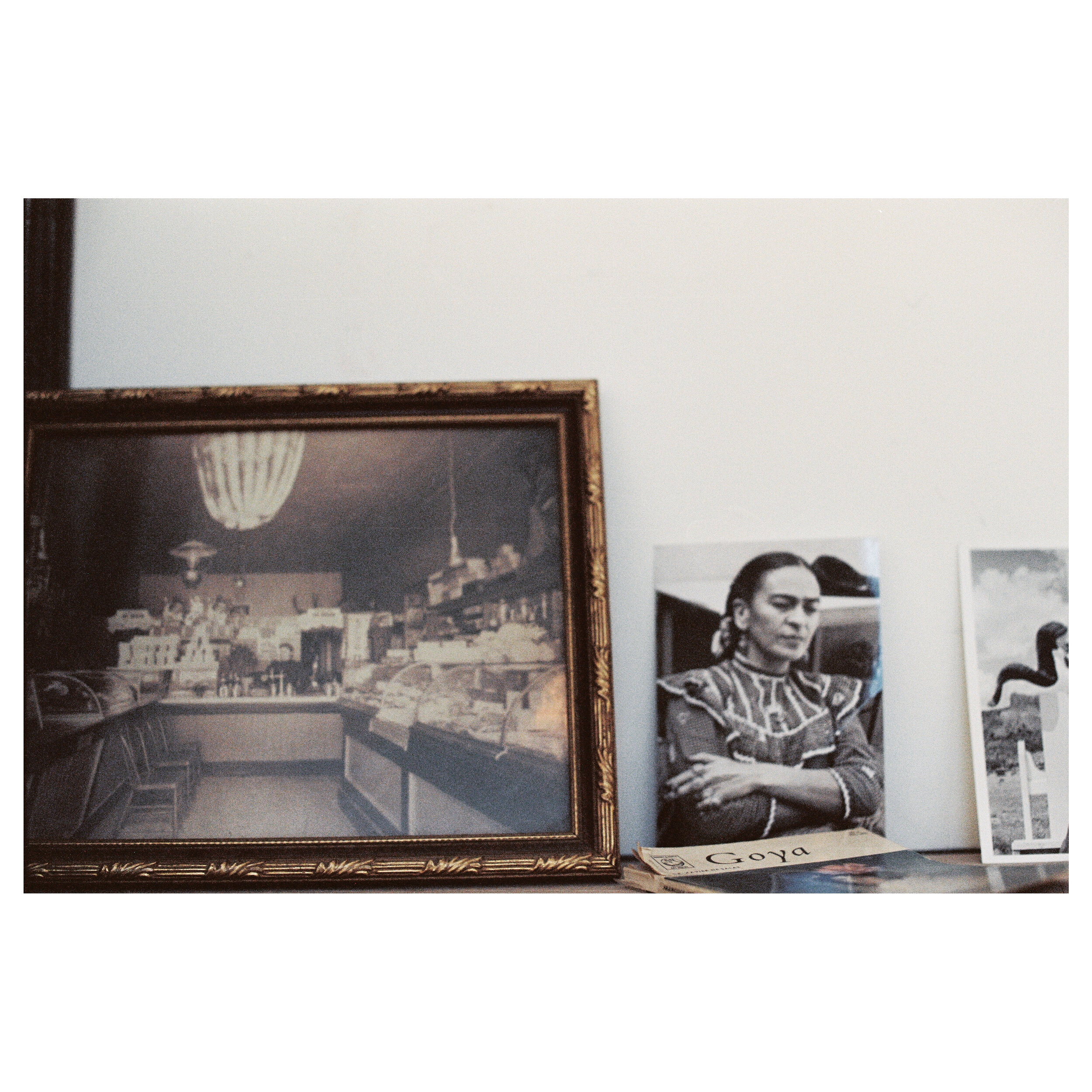
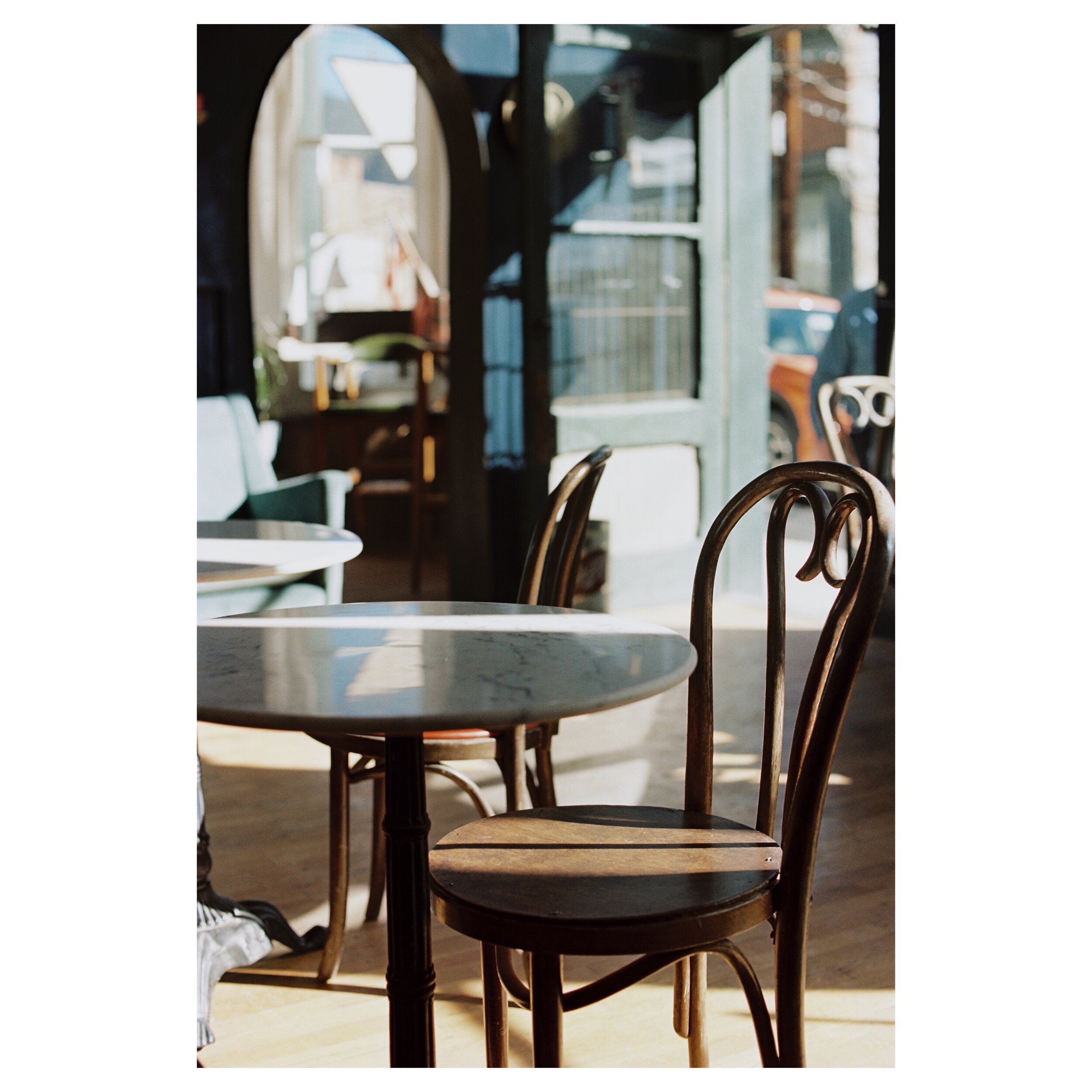
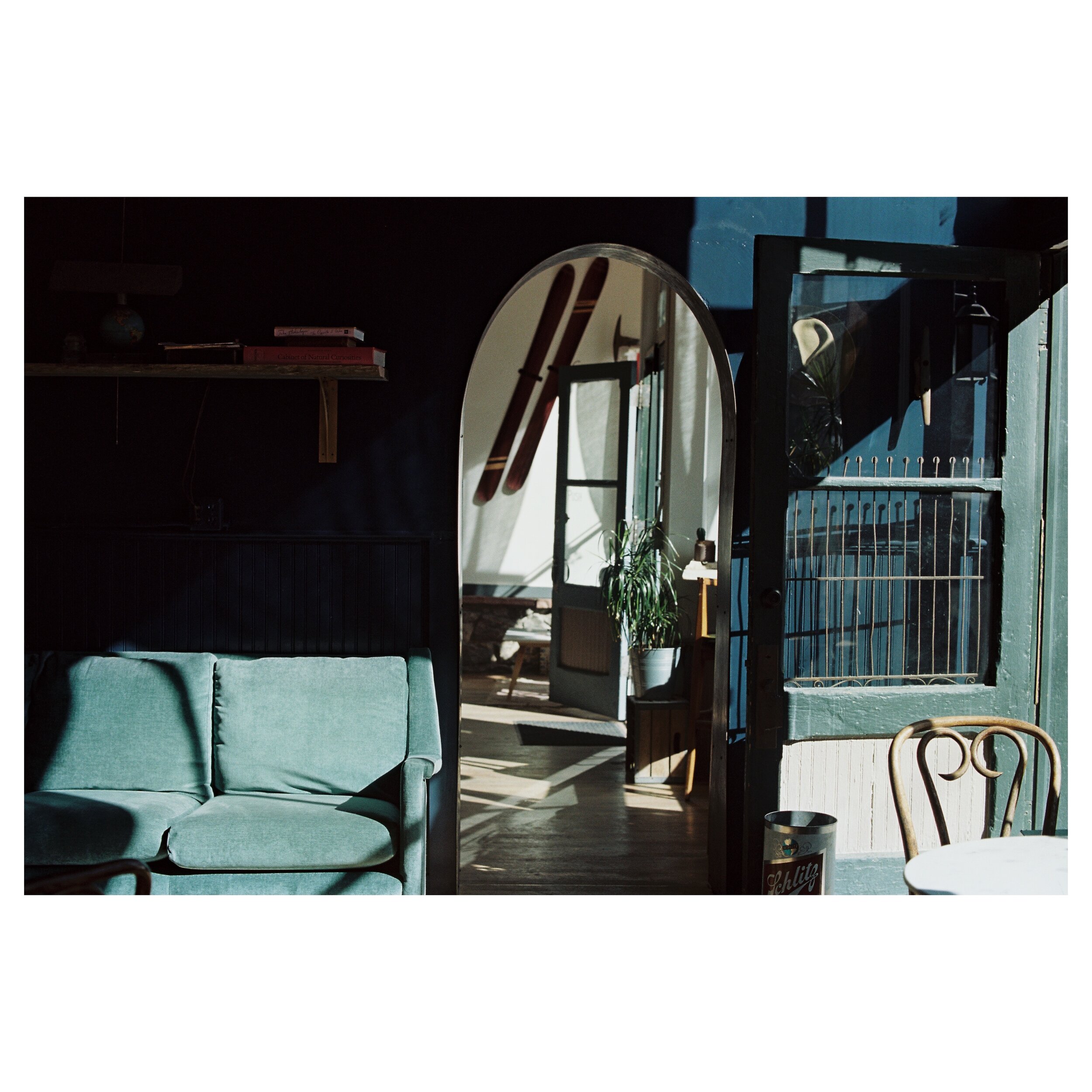
The bar was a slightly different scene. There were more people just stopping by to miss the weekend ski traffic, but it still had a very welcoming and unique feel to it.
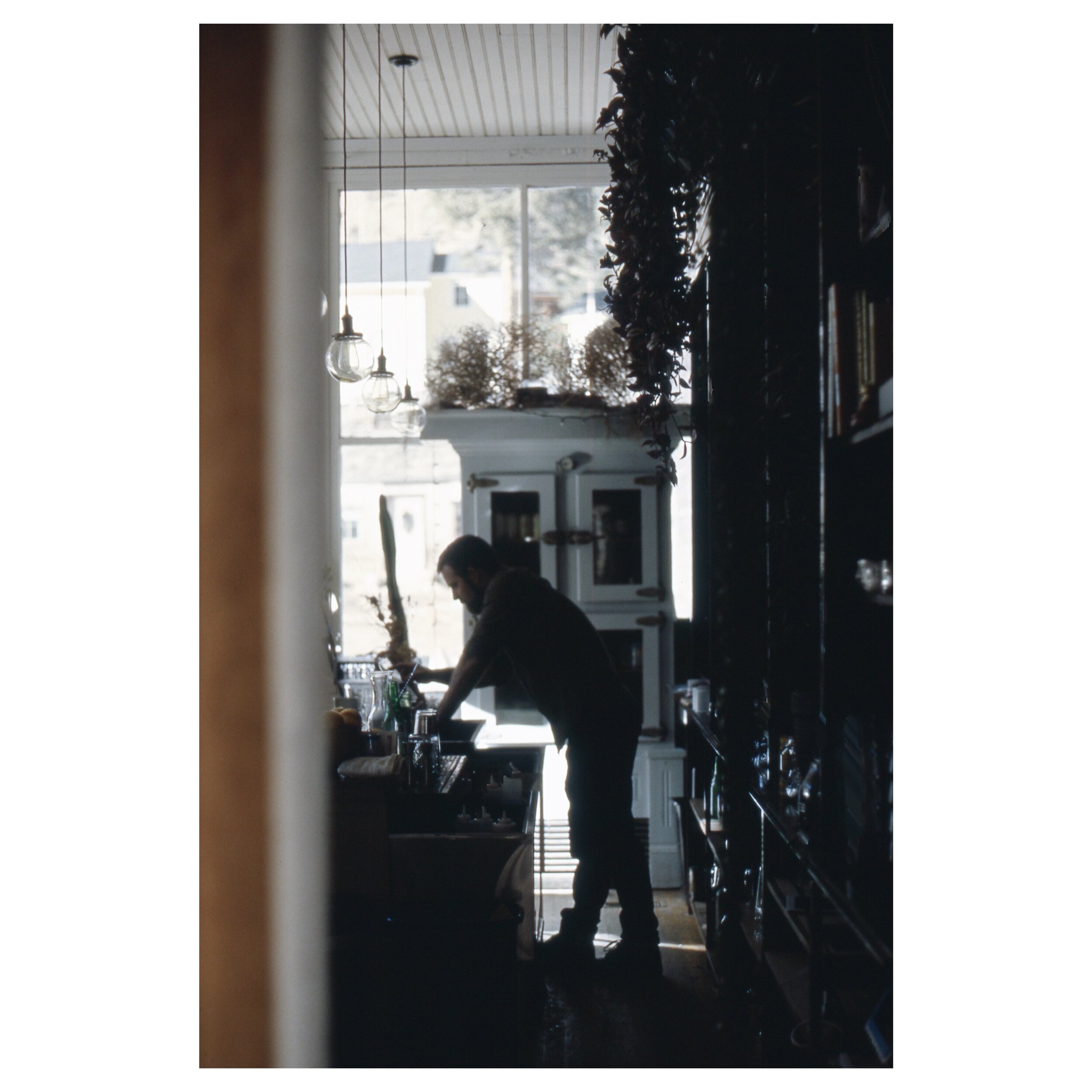
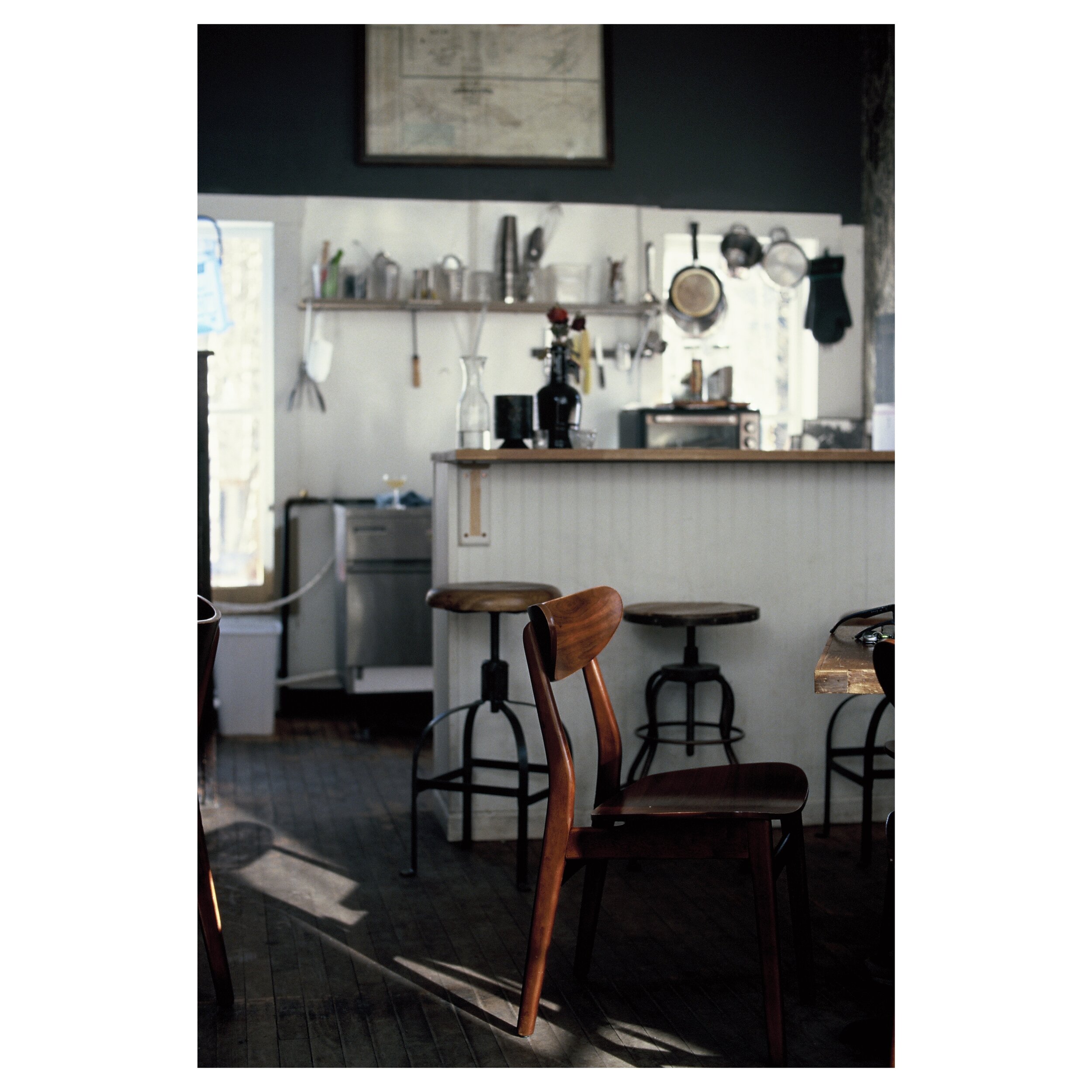
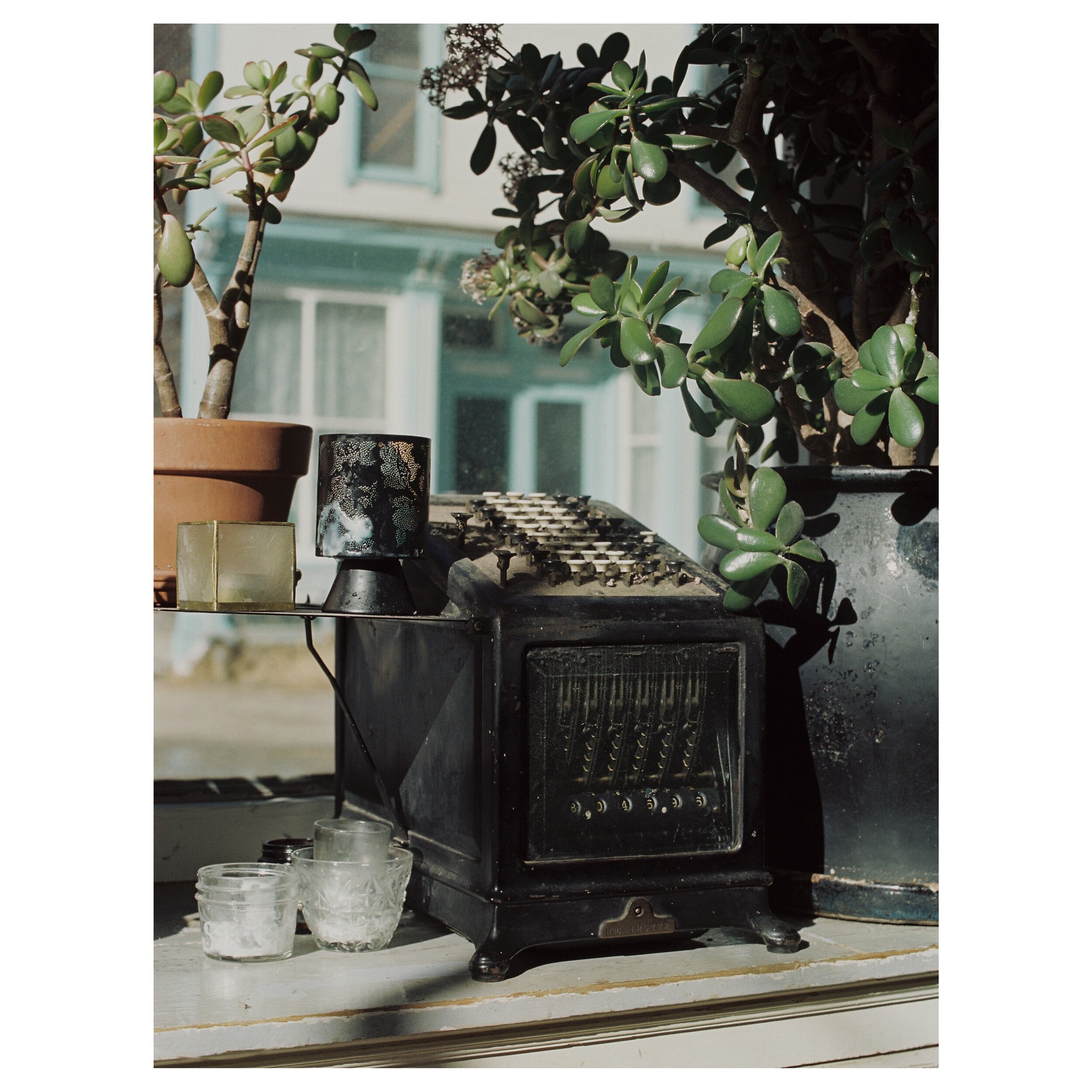
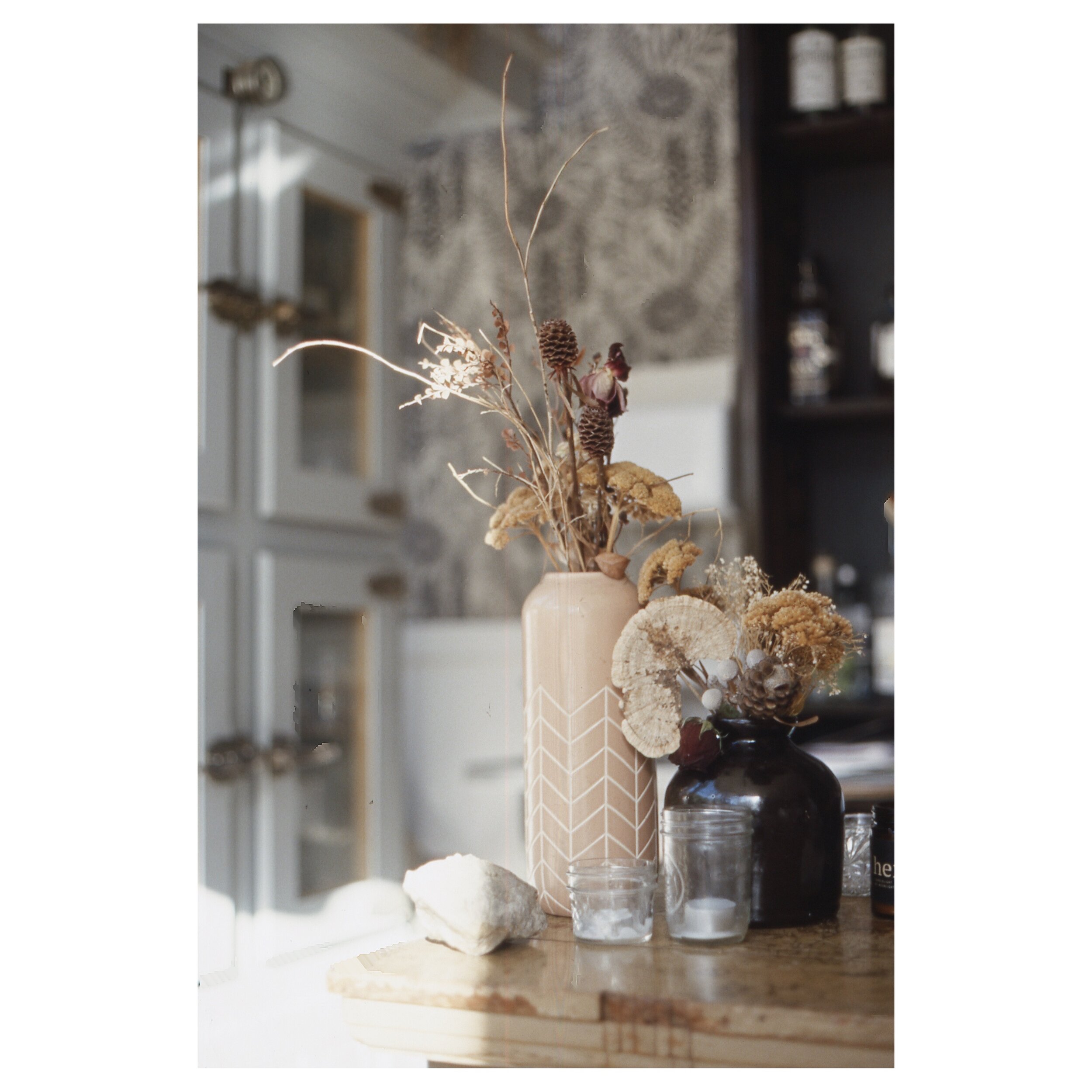

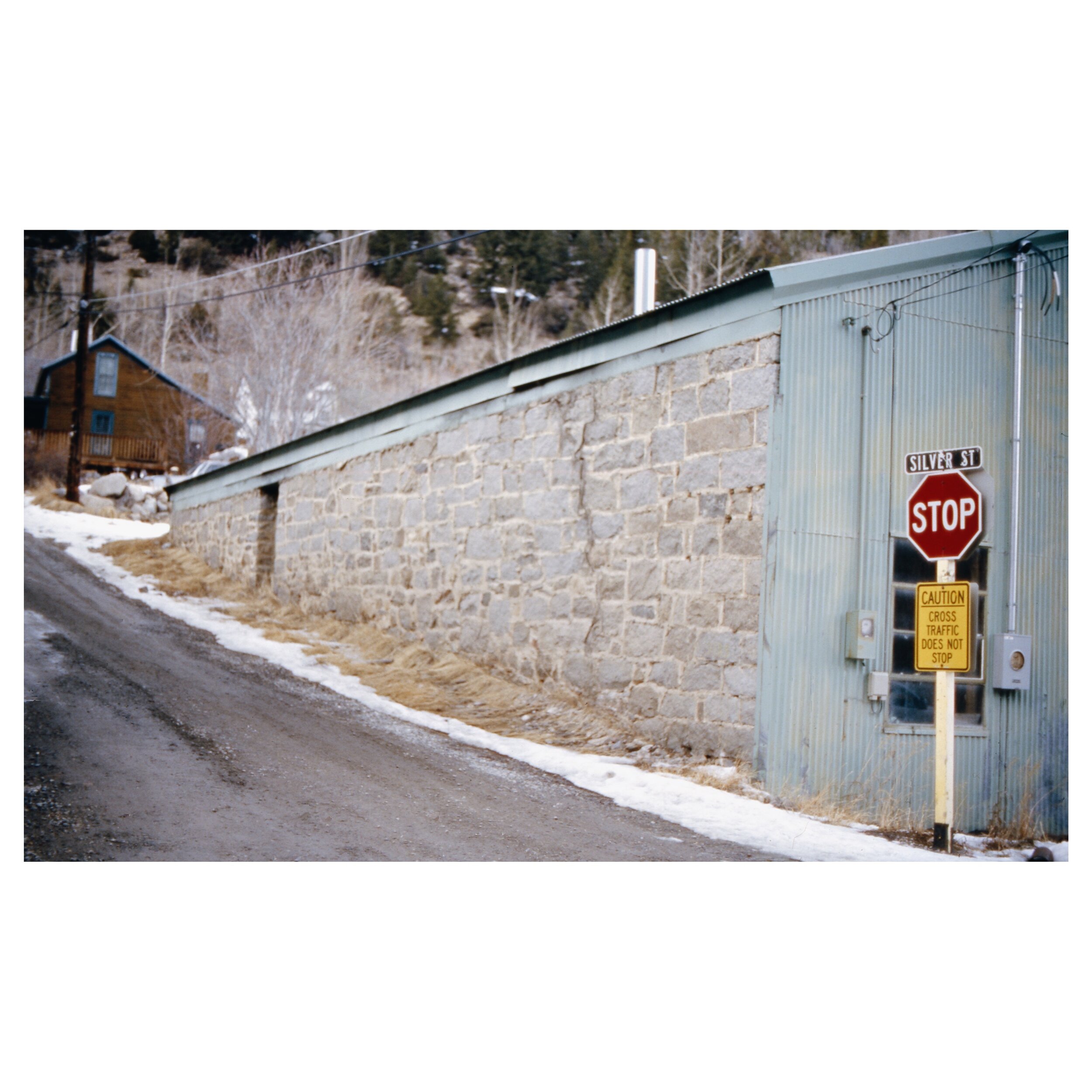
Overall I am quite pleased with the photos I got from this visit and would like to go back with a more concrete plan and hopefully reconnect with some of the people that live there to build a more cohesive view of Silver Plume.
Informing Contexts // Week Two // The Index and The Icon // Reflection
Over this past week, we have been asked to consider whether or not photography is a unique medium or if it has conventions it shares with other forms of representation (e.g. painting, film etc.).
I do find that photography is unique and differs from other mediums in some ways, and this quote from Sontag came to mind when considering this question.
‘A photograph is not only an image, it is a trace, something directly stencilled off the real’
-Sontag, On Photography P.154
With the camera, we have the ability to translate a moment of reality, creating an indexical image…it is creating a connection between a certain moment that passed to the present in the most direct way possible. This does make photography a very mechanical process, but I would also say that is shares a lot of common ground with painting, drawing, etc. We are able to read them, view them, and react to them in very similar ways. All three depict a moment, thought, or feeling. We just use different tools to produce the desired outcome.
After reading the Snyder & Allen article, which I found to be intriguing for the most part, I did find that it made me really start thinking about how and why I make photographs. It made me realise that I struggle with producing a constant body of work that is clear and concise because I overthink what I feel others expect from my work, and how it’s going to be viewed by the outside world. This is not necessarily a bad thing as I do need to consider how my work is consumed, but I should not let it restrict the way I work. I think I have been trying to figure that out over the past few months and feel that I have been making progress with letting those expectations go, which have allowed me to be more focused and thoughtful with the direction of my project.
Informing Contexts // Week One
As I spend time reflecting on where my practice is and what I have done so far, I feel that I’m comfortable and happy with methodology, more so than I was in the last two models. However, I agree with the feedback I was given for Positions & Practice. I need to be more attentive and diligent in my historical research, carry out more interviews with people within the town and communities I work with, as well as planning my shoots more thoroughly, which will give my work more structure.
I think by doing the above this will allow me to have a clear vision of how to fully embrace my final major project.
Also allowing myself to fully dive into my research, will help me to embrace and hopefully clearly present my motivations and intentions as well as refining my project so it will be able to be viewed and consumed by a range of people.
Reference:
McNeill, 2020, Sliver Plume, Colorado.

